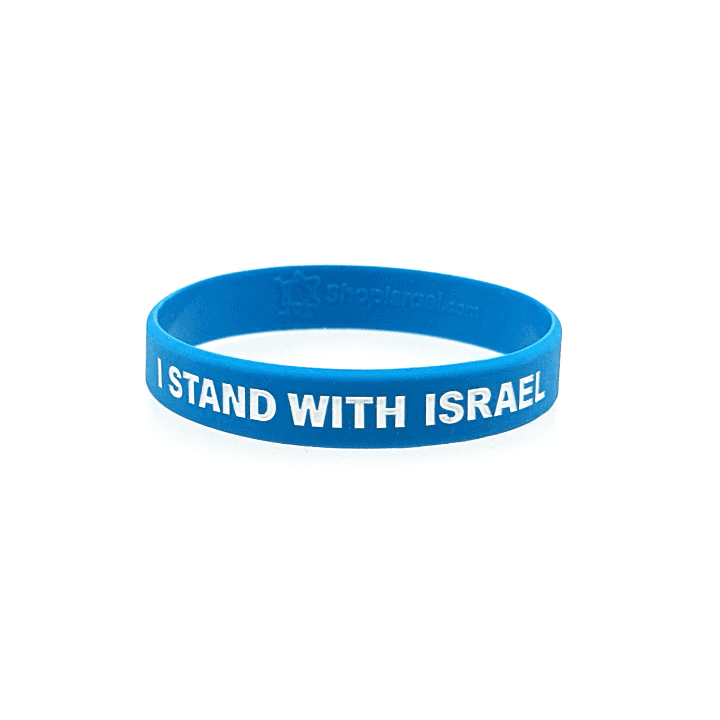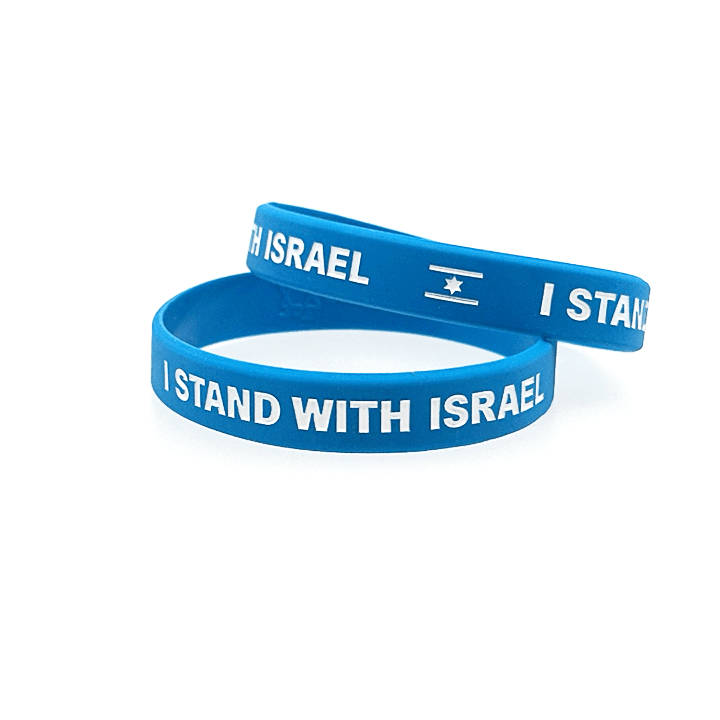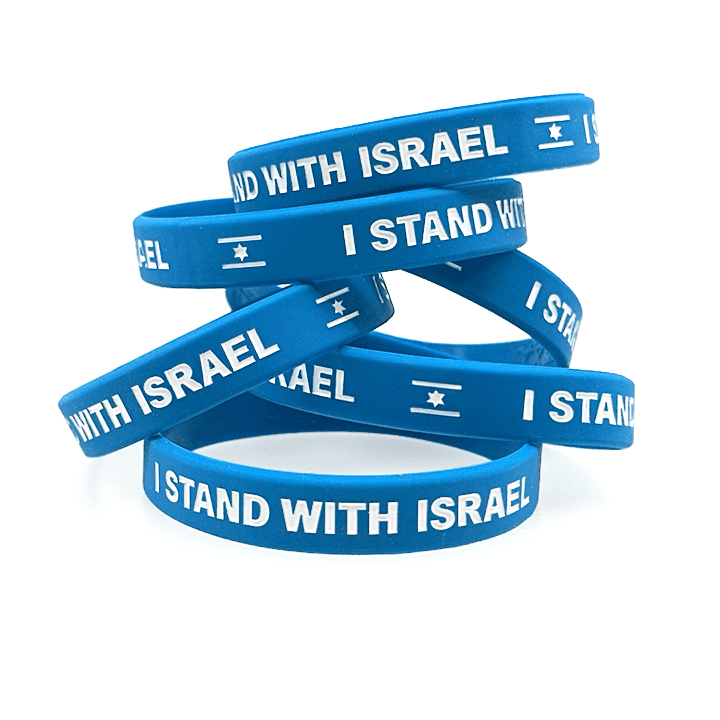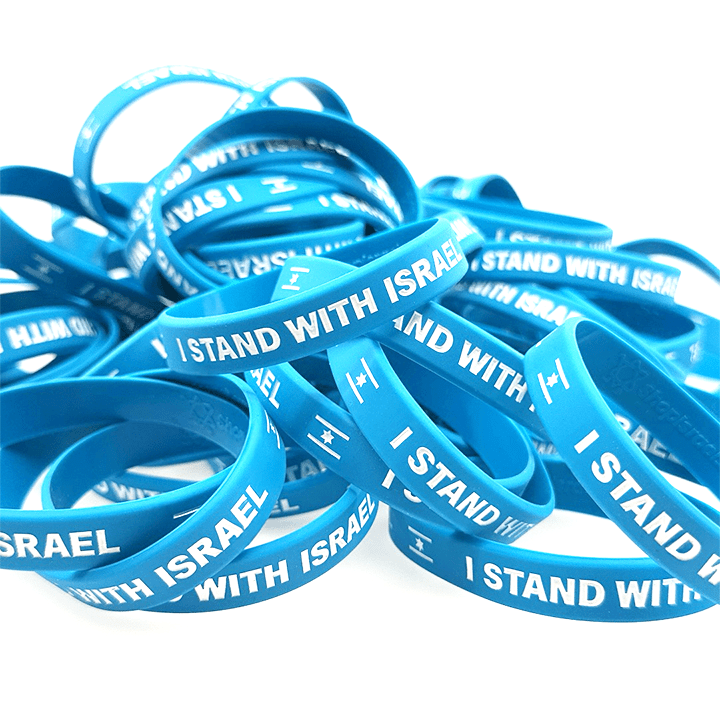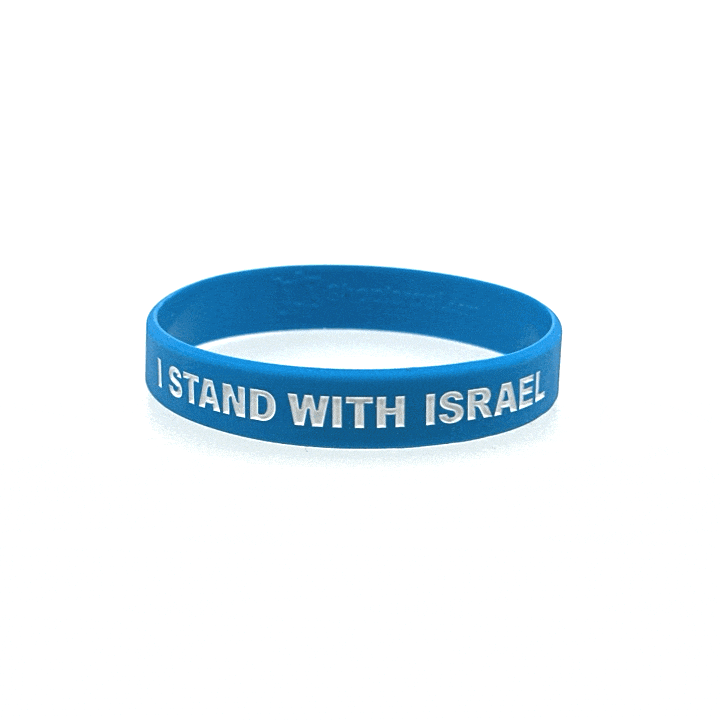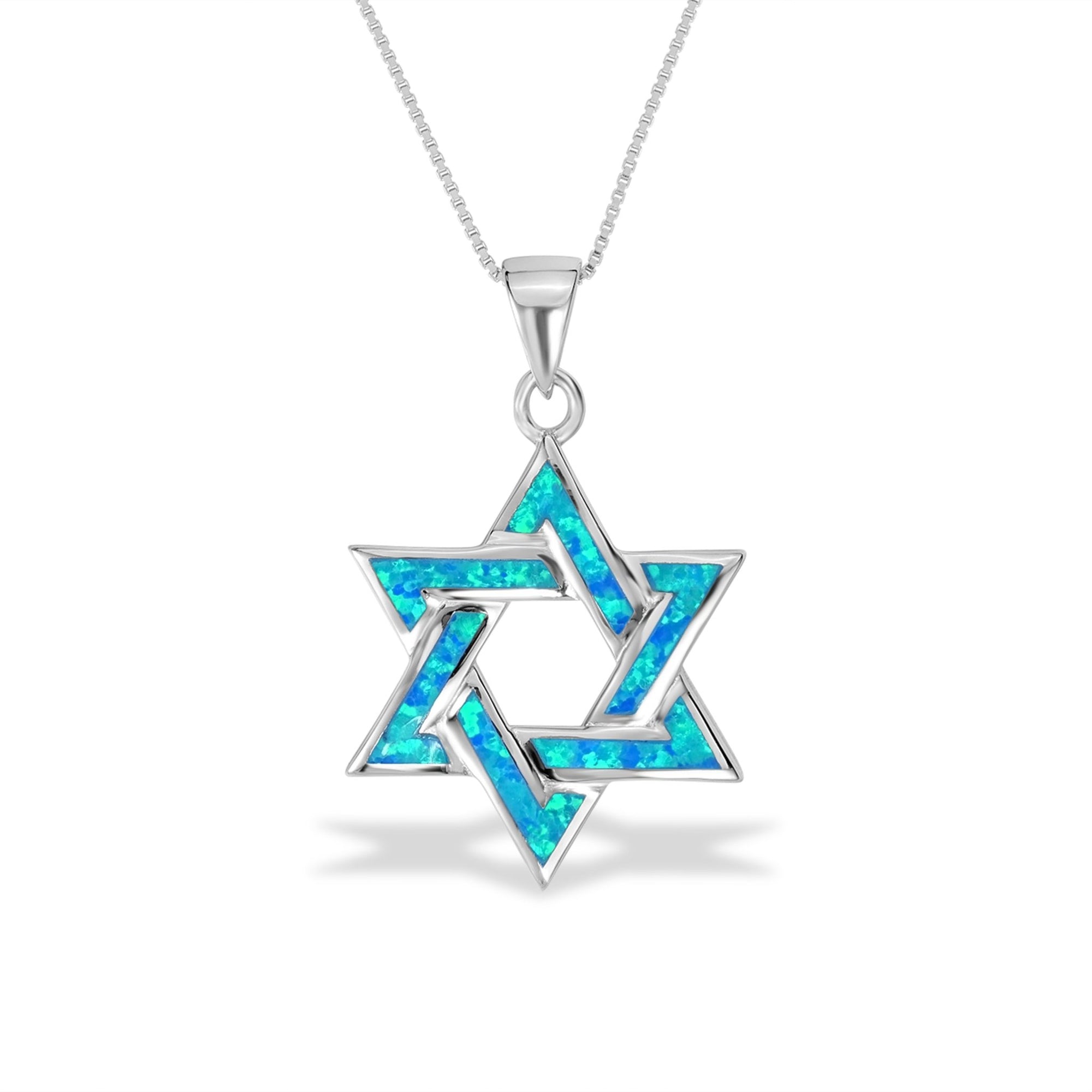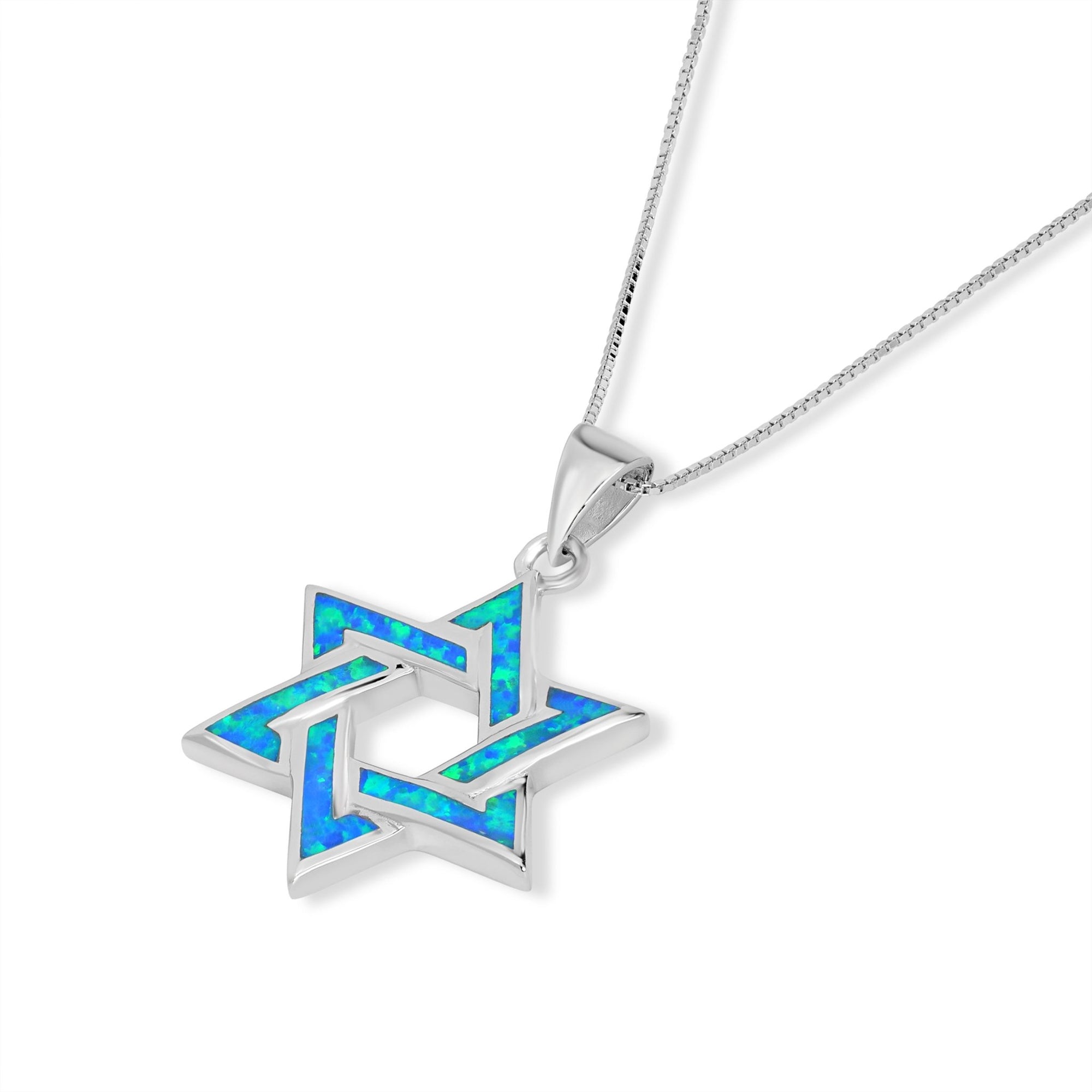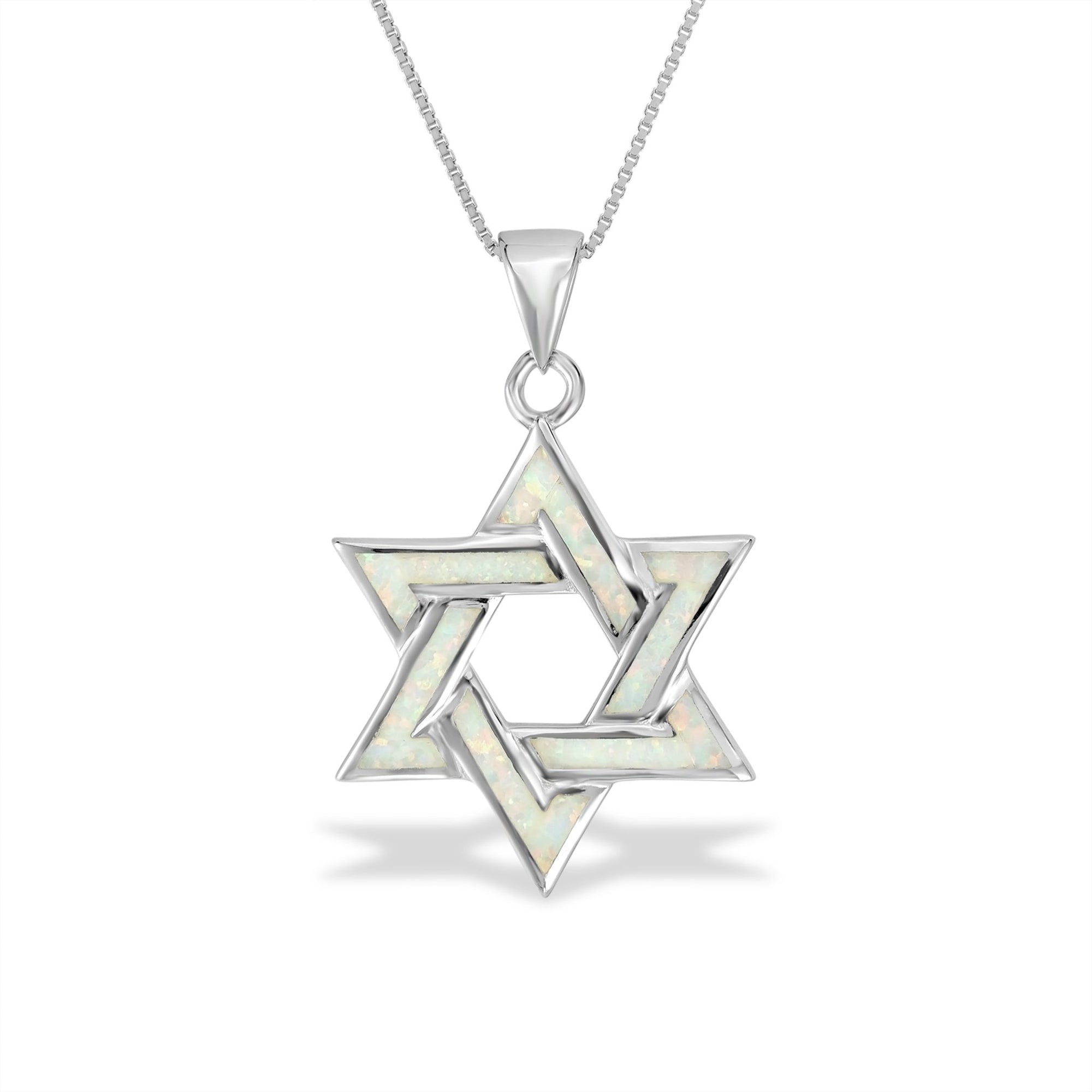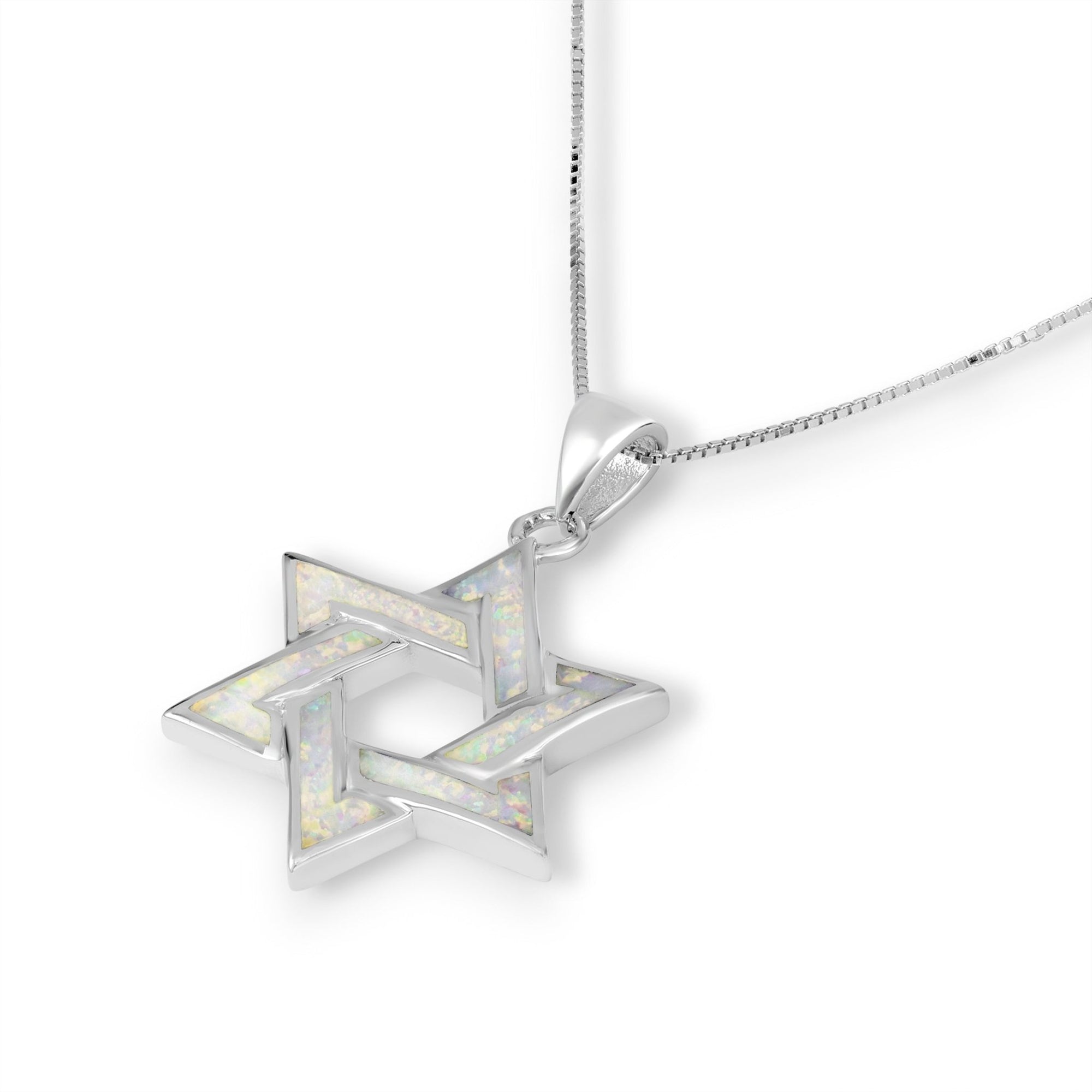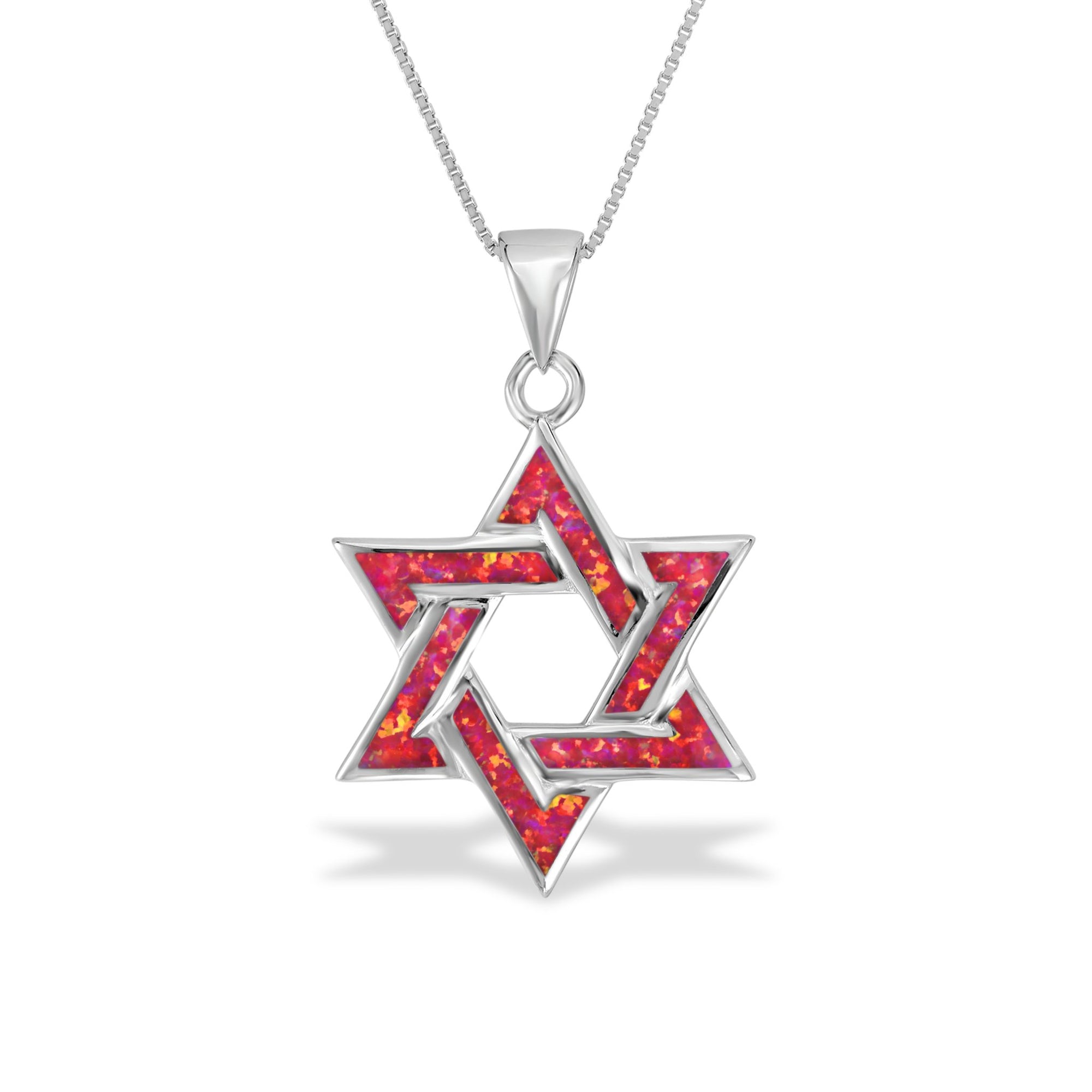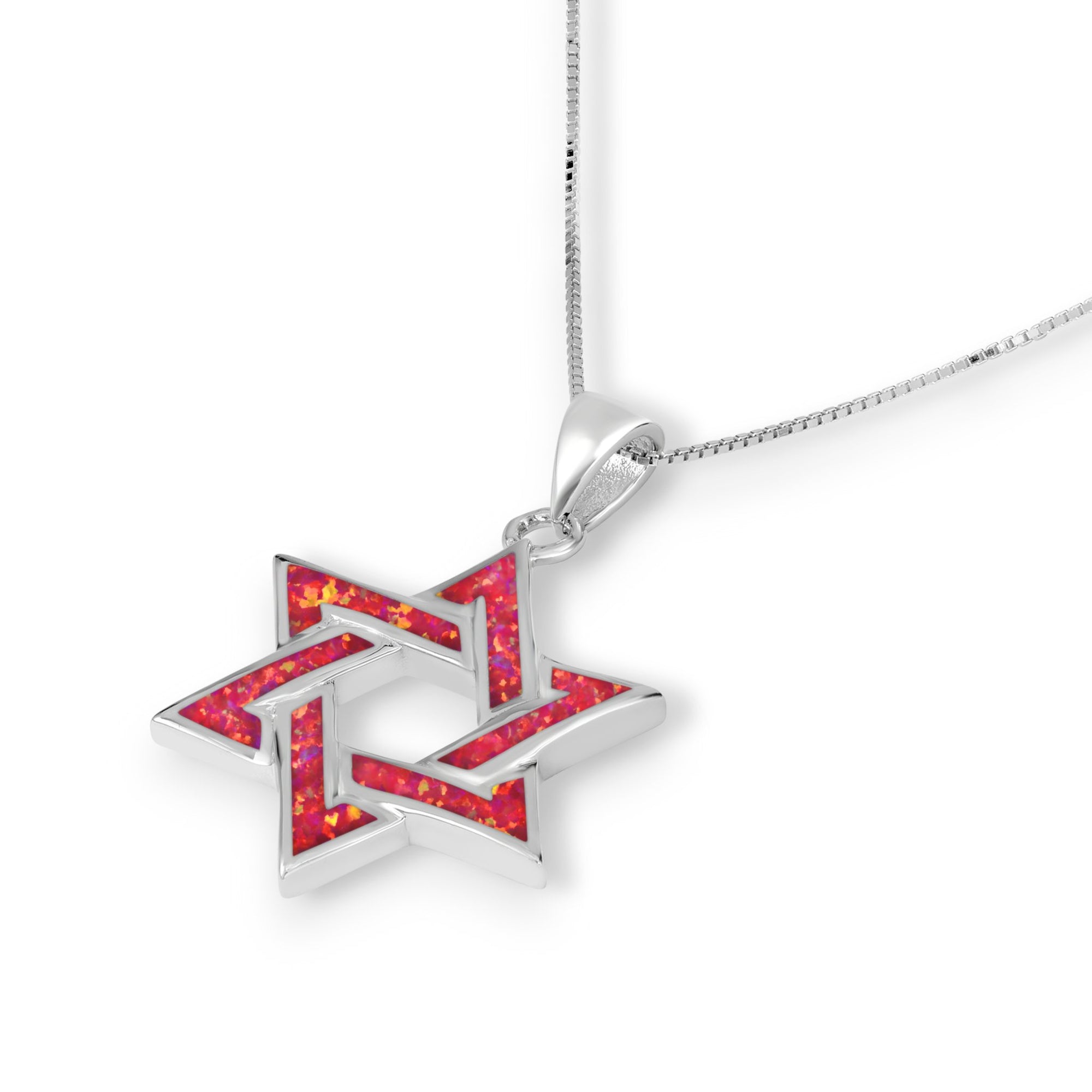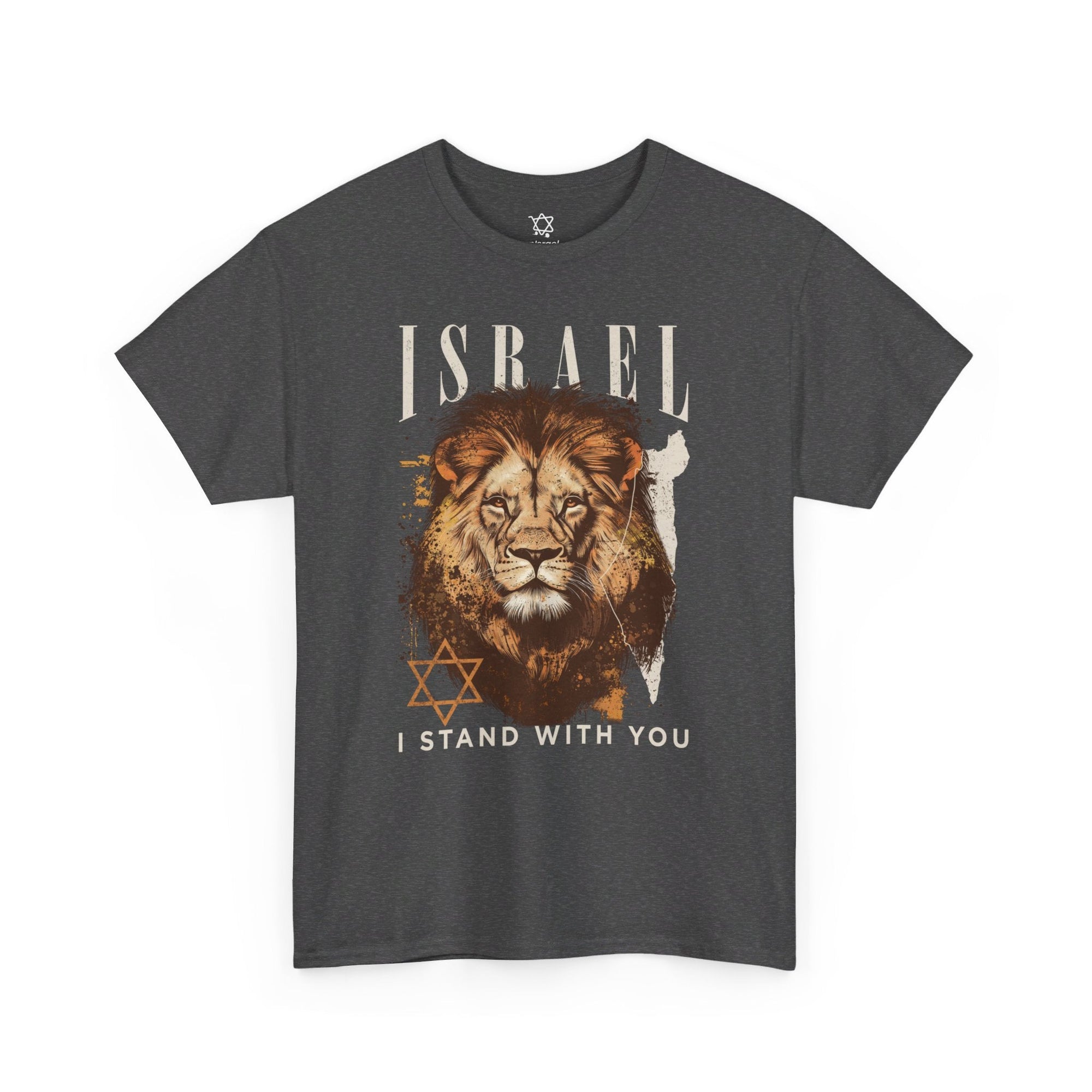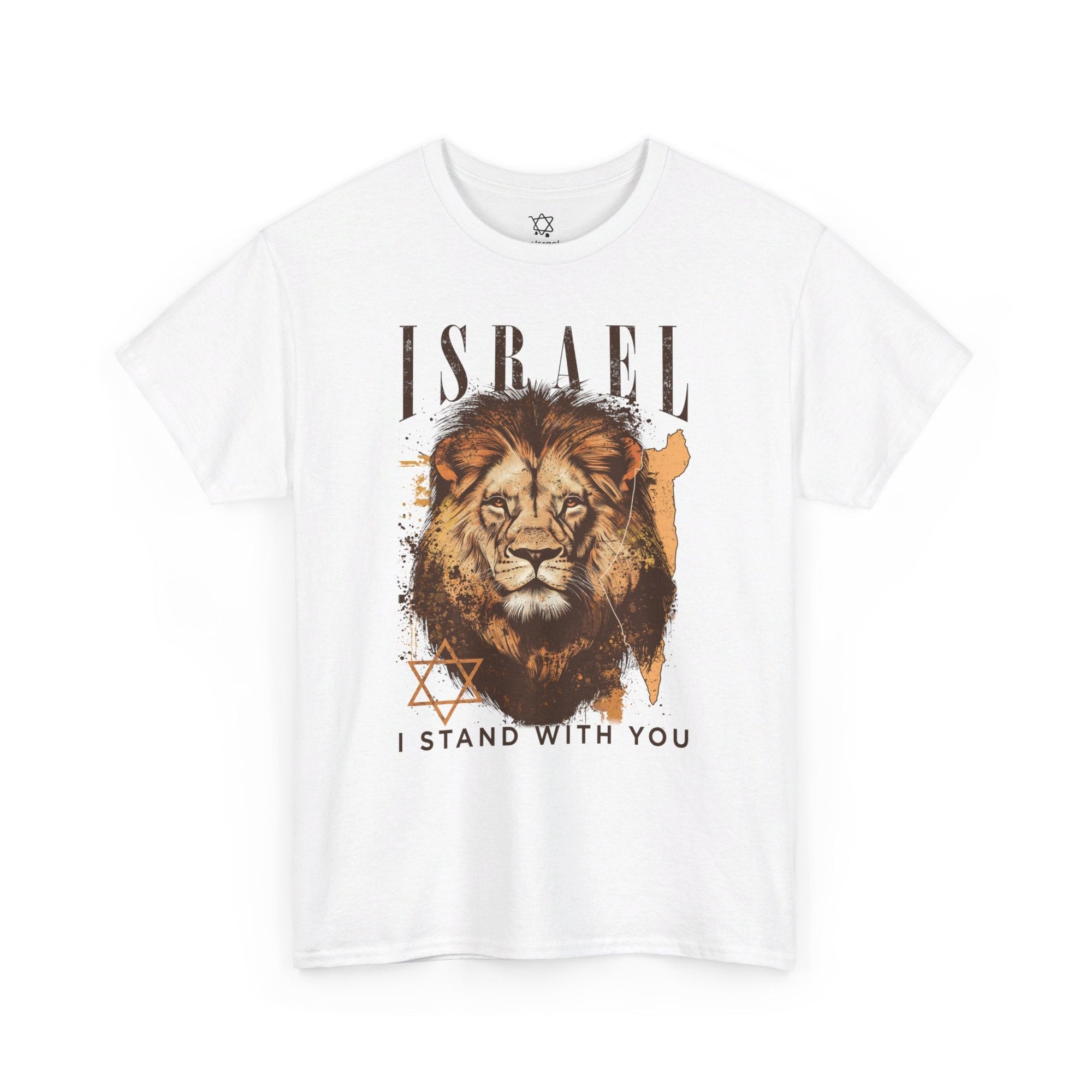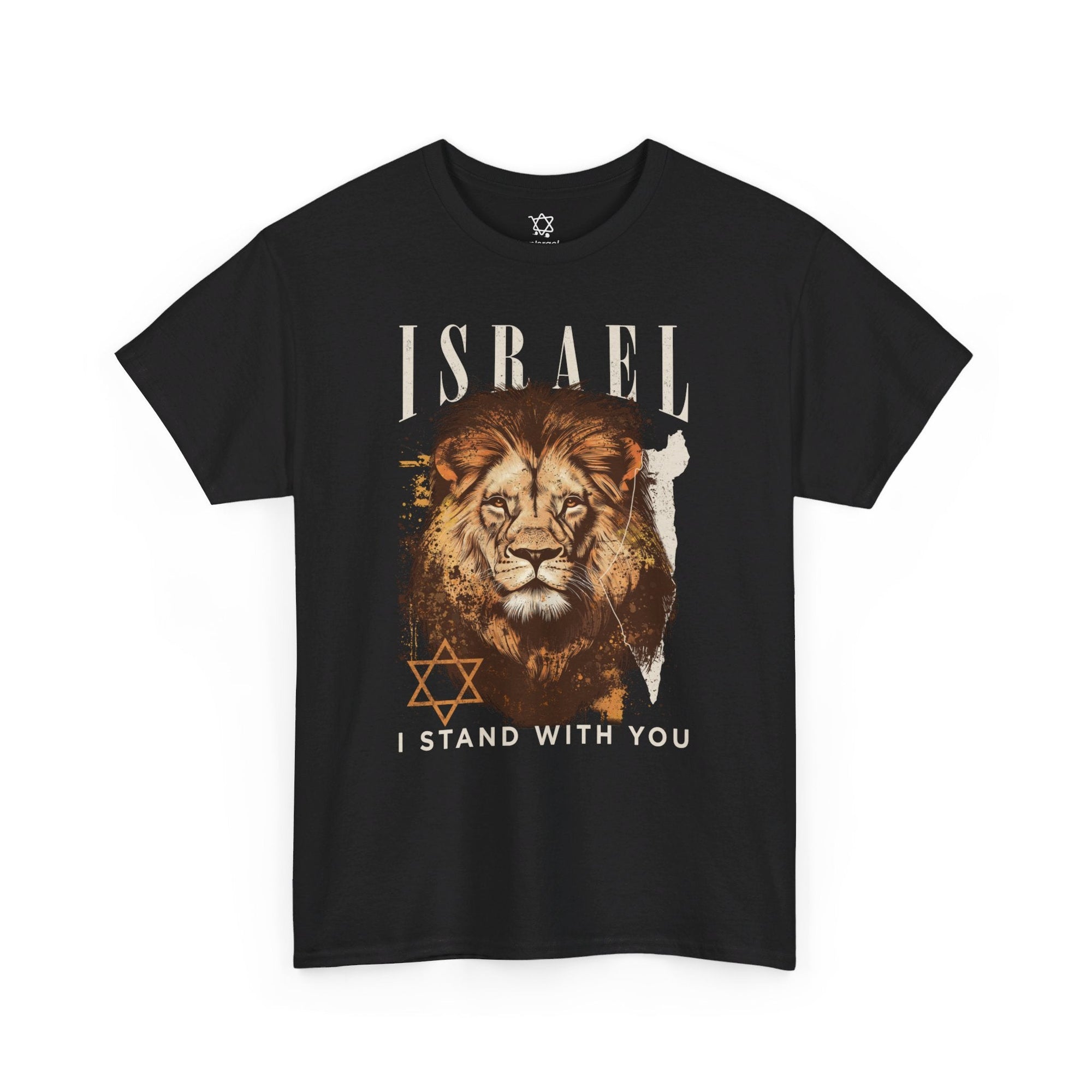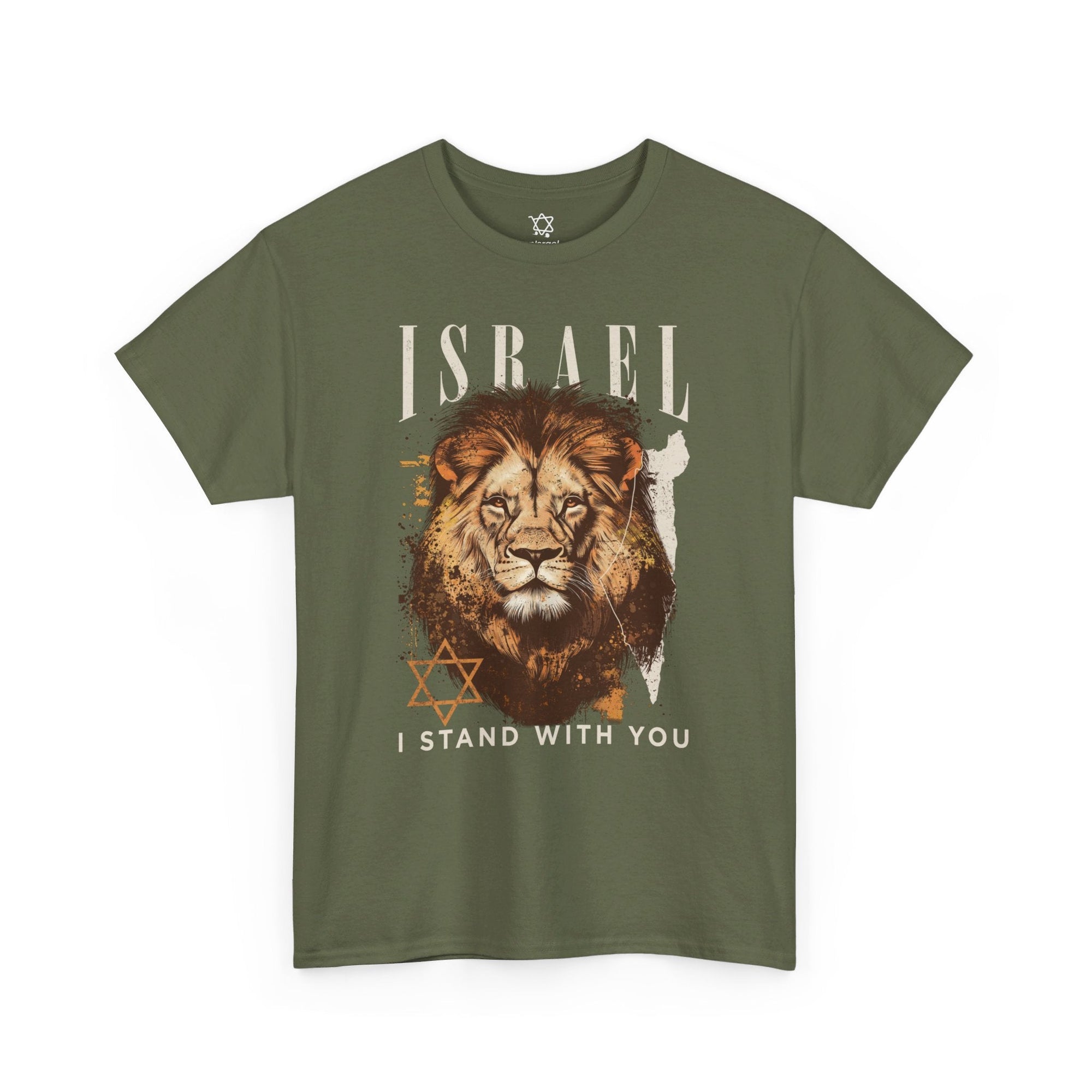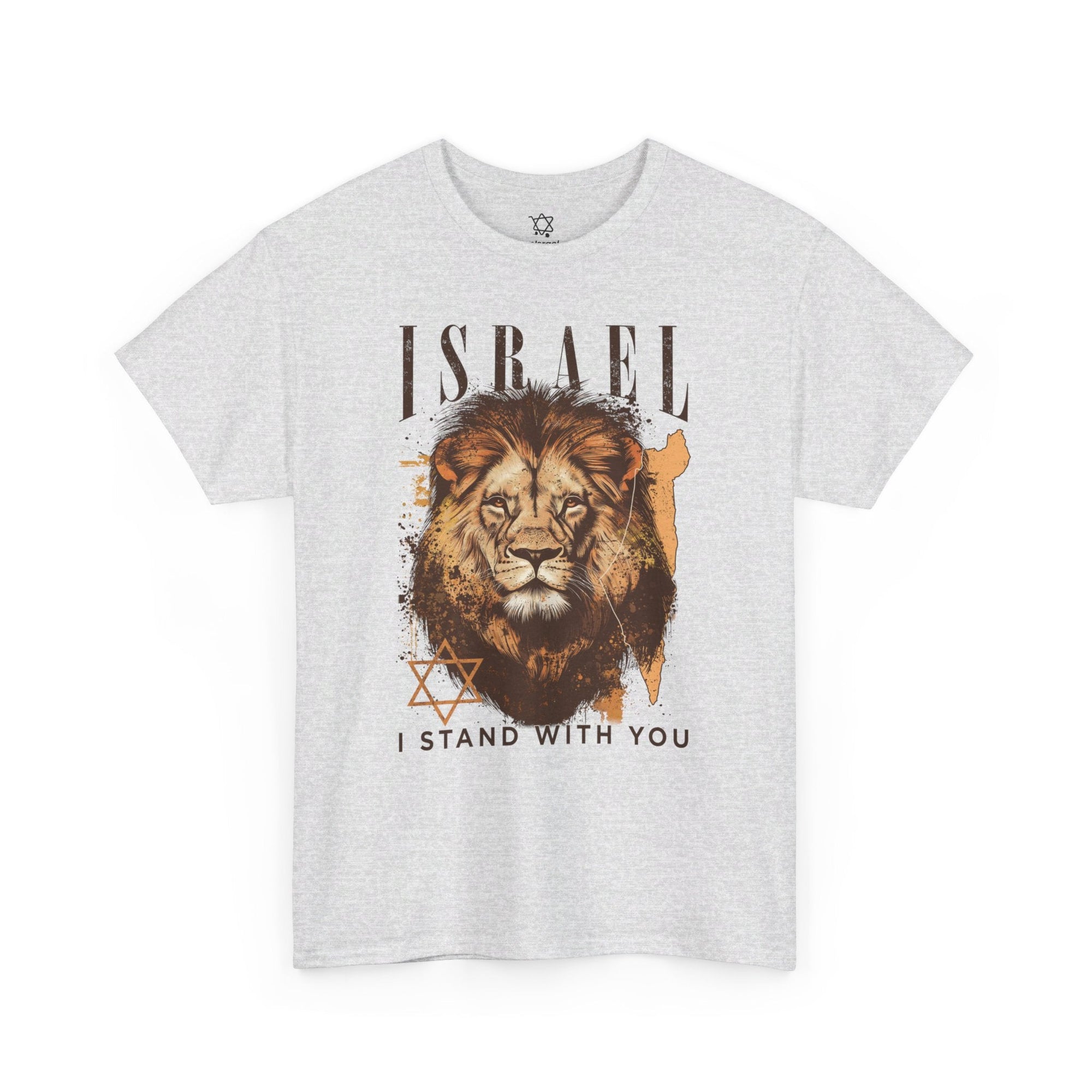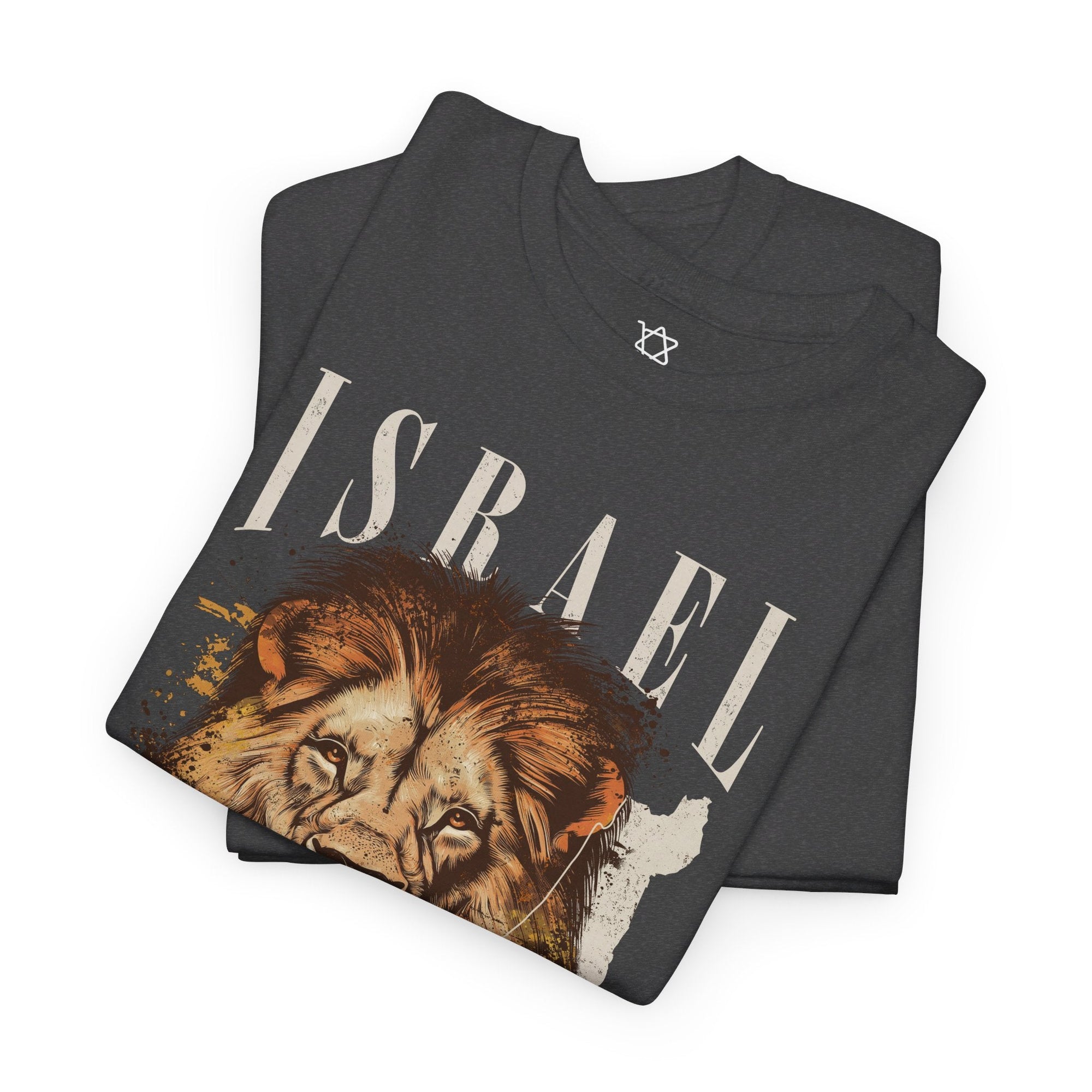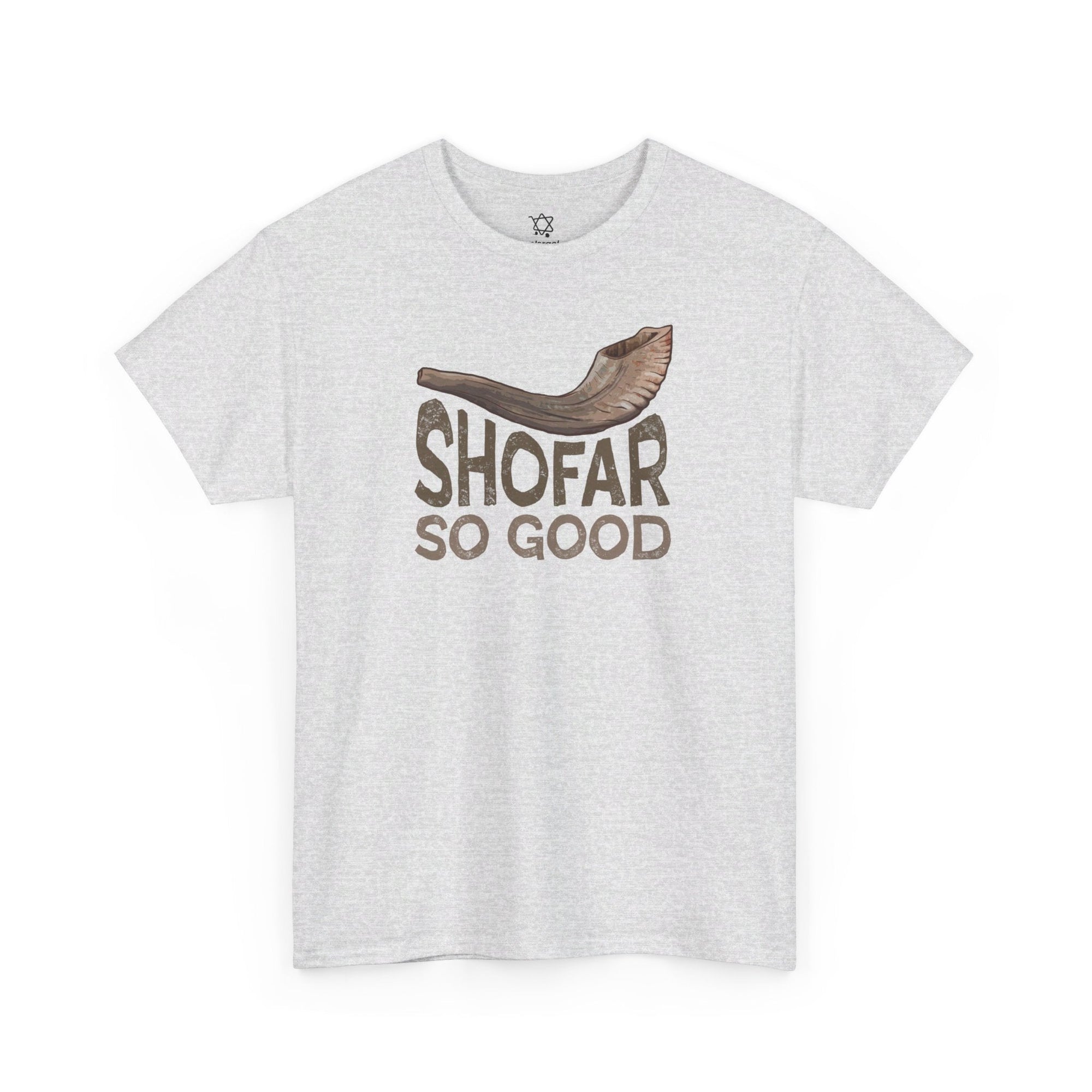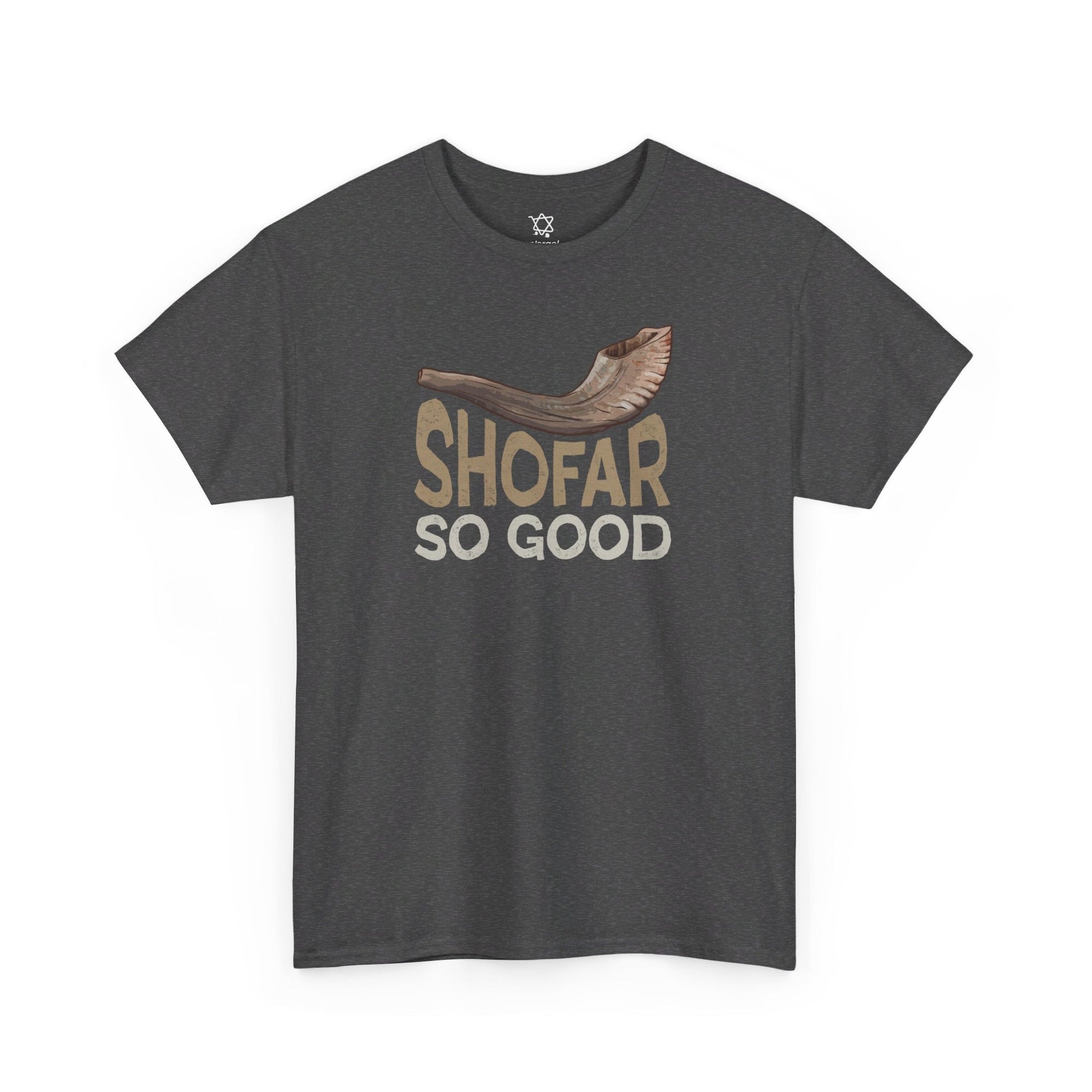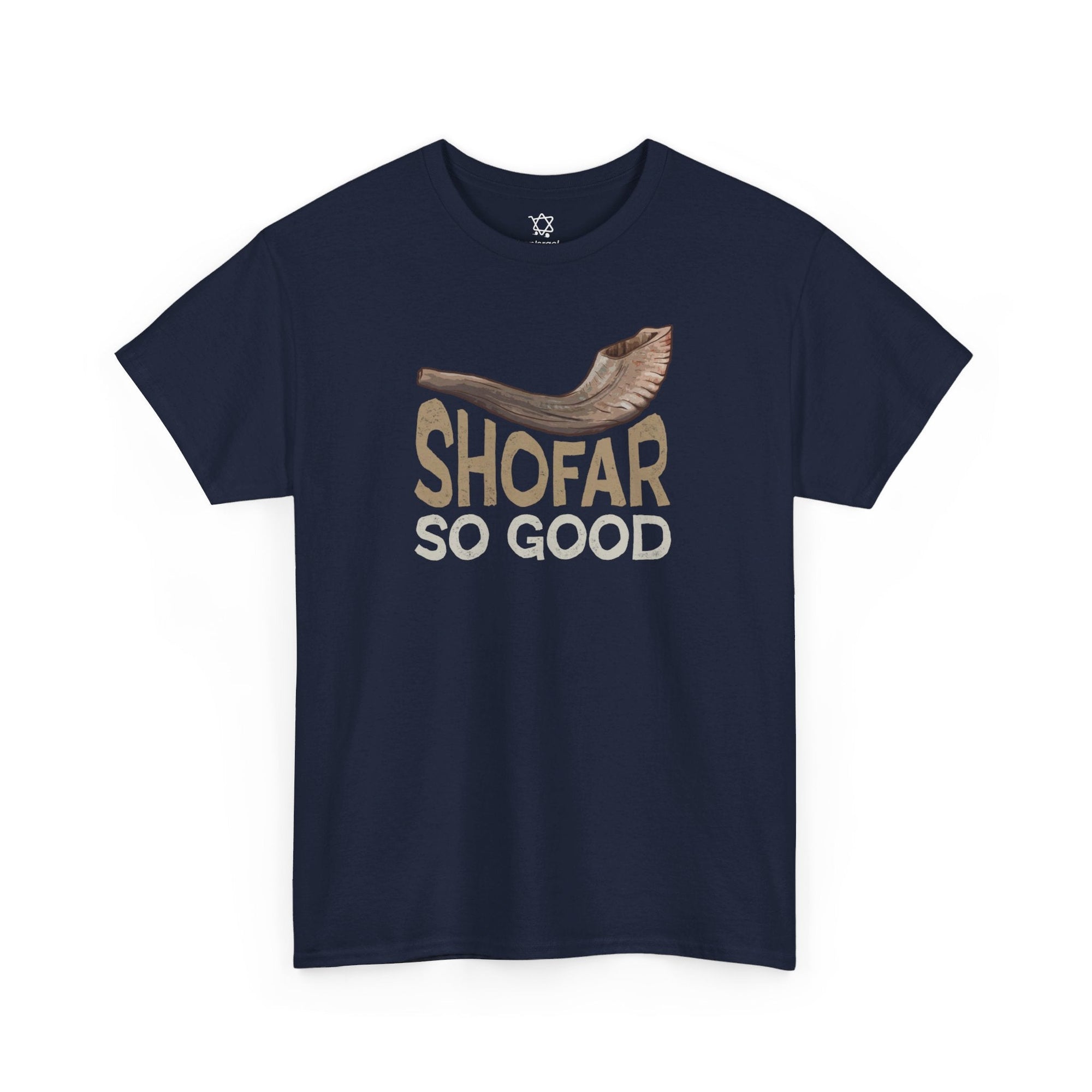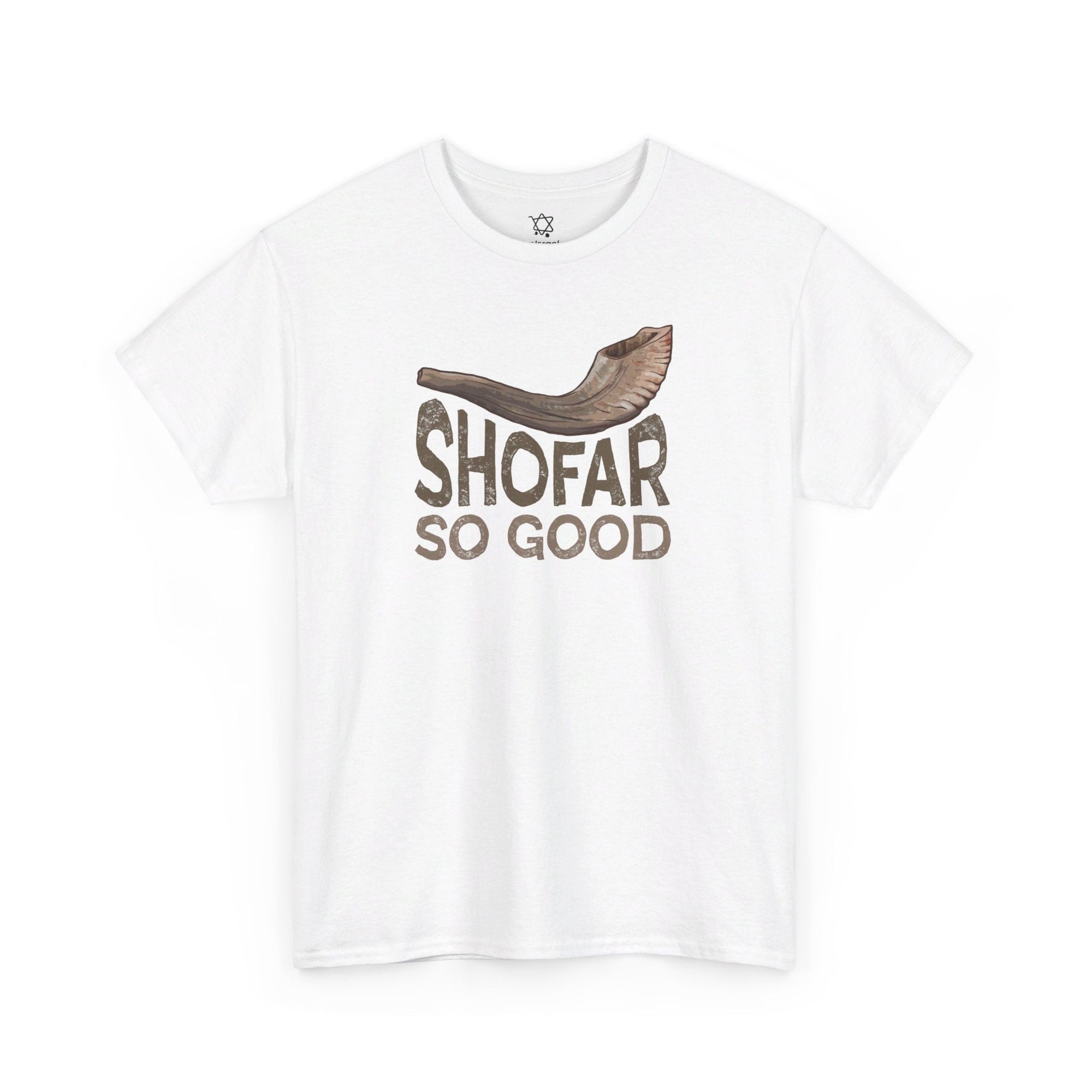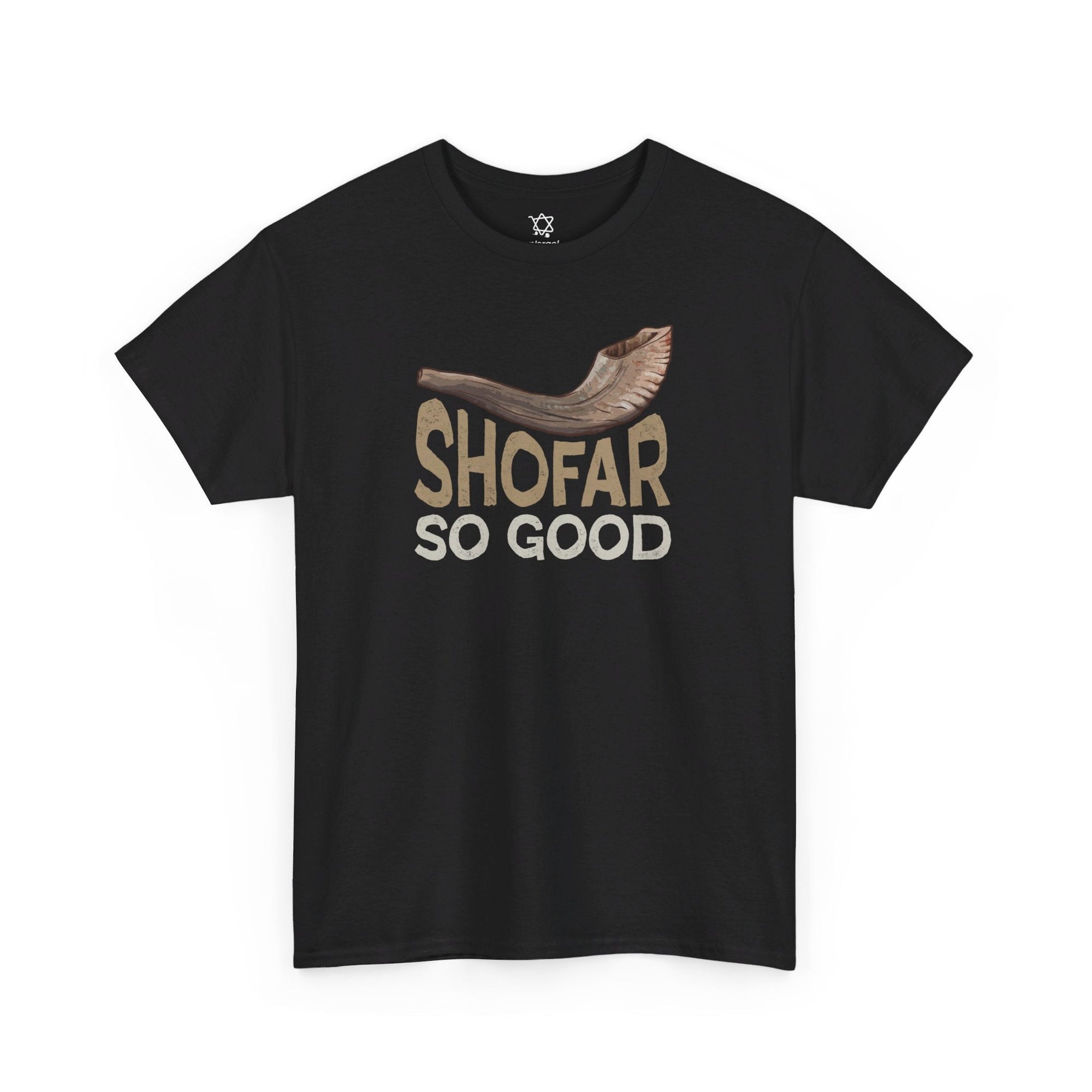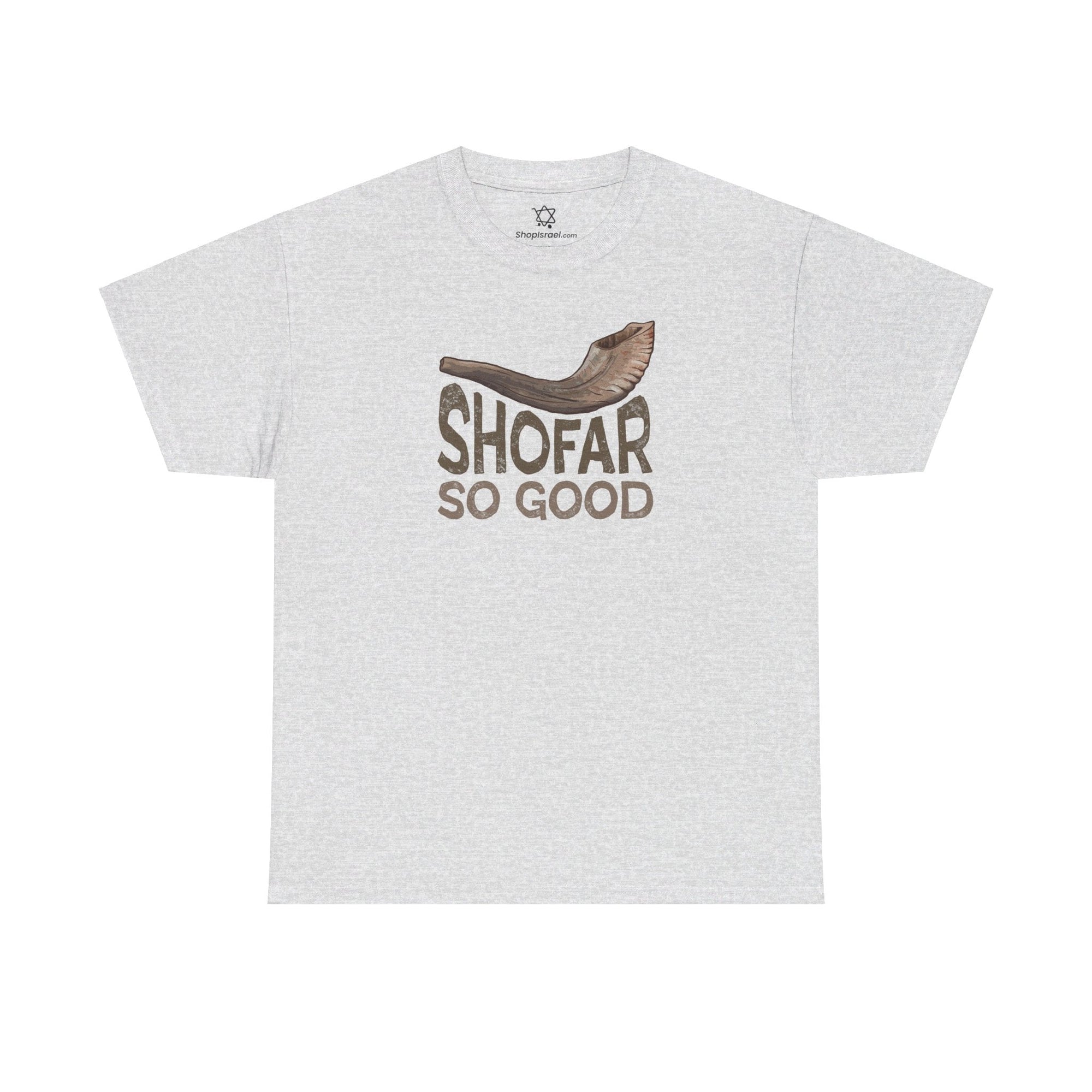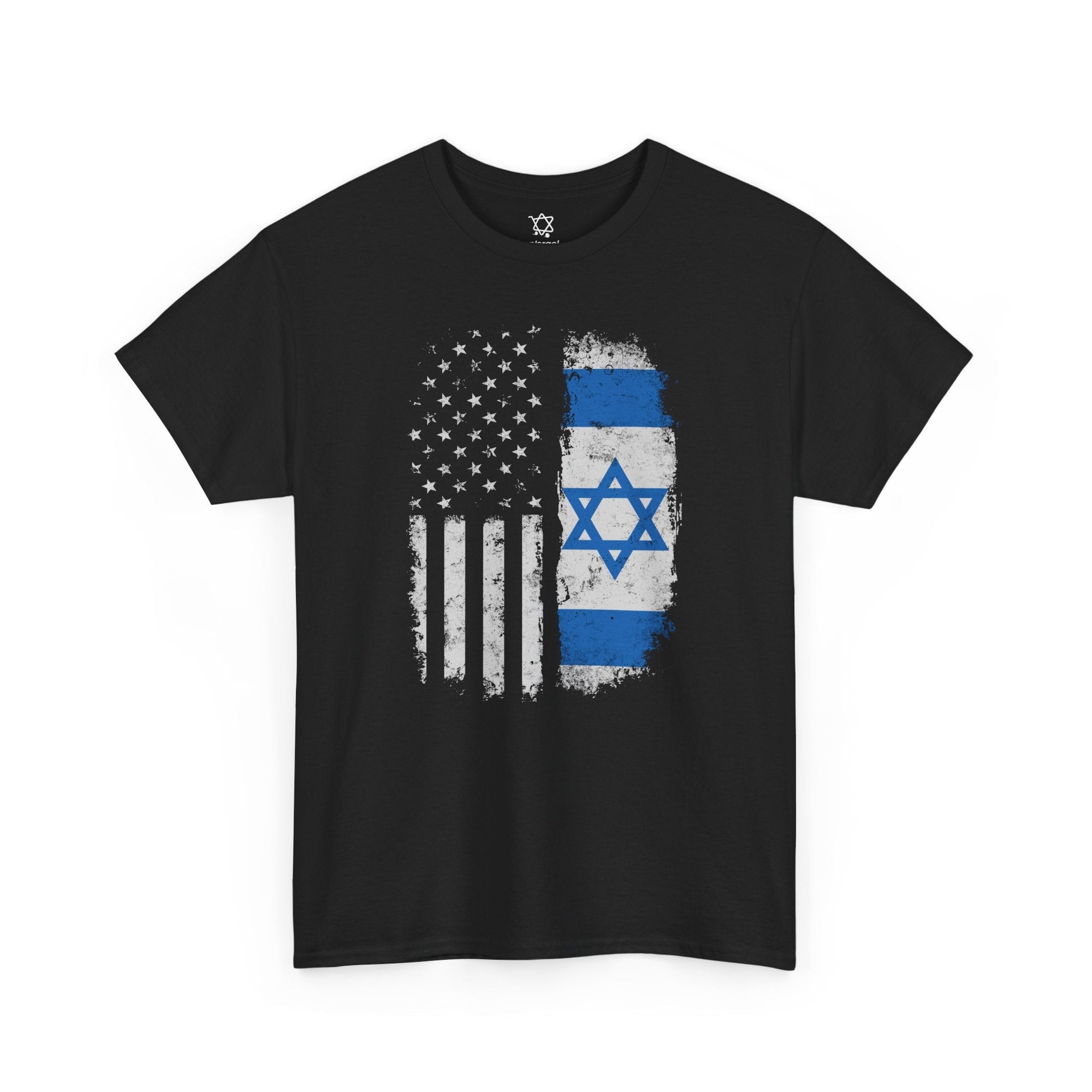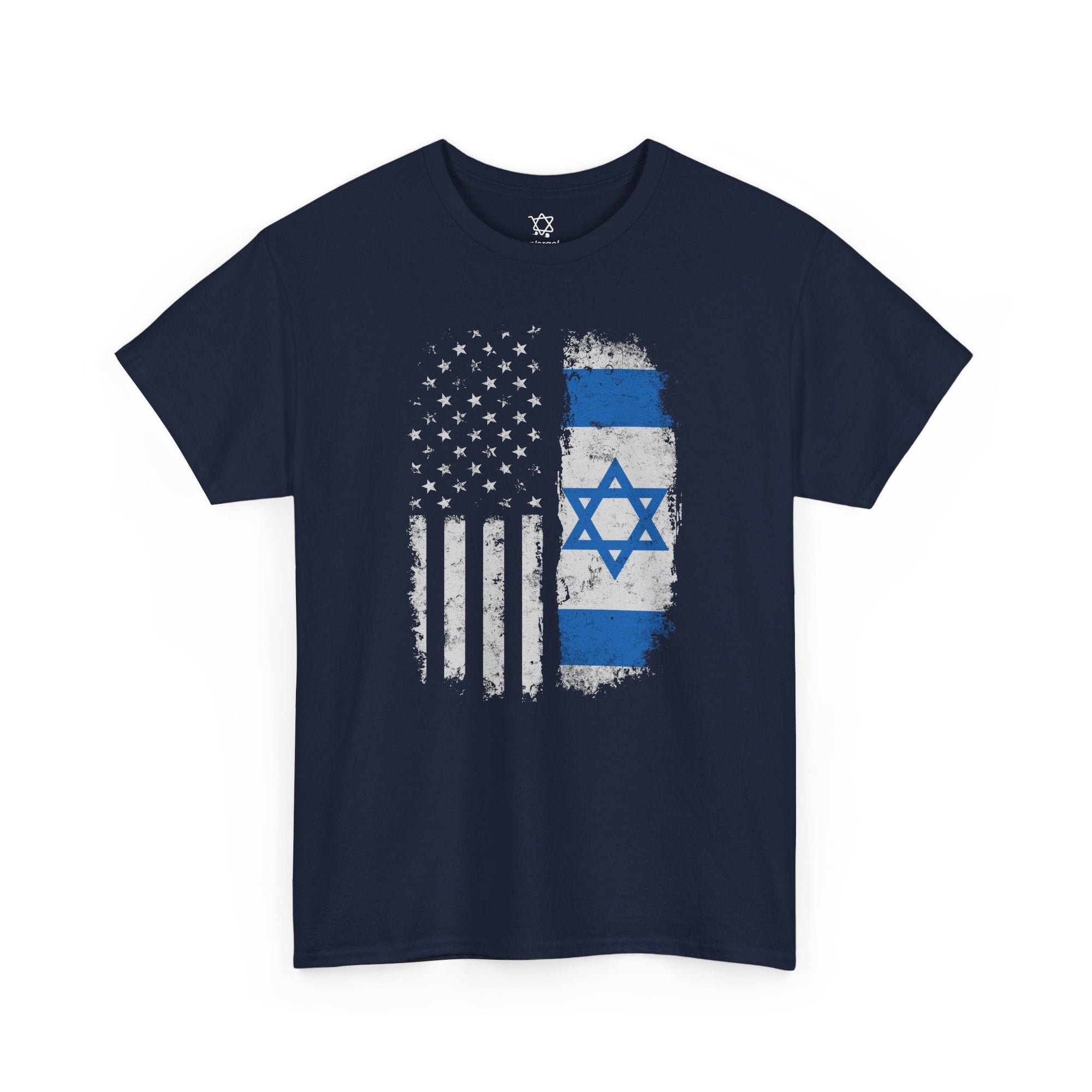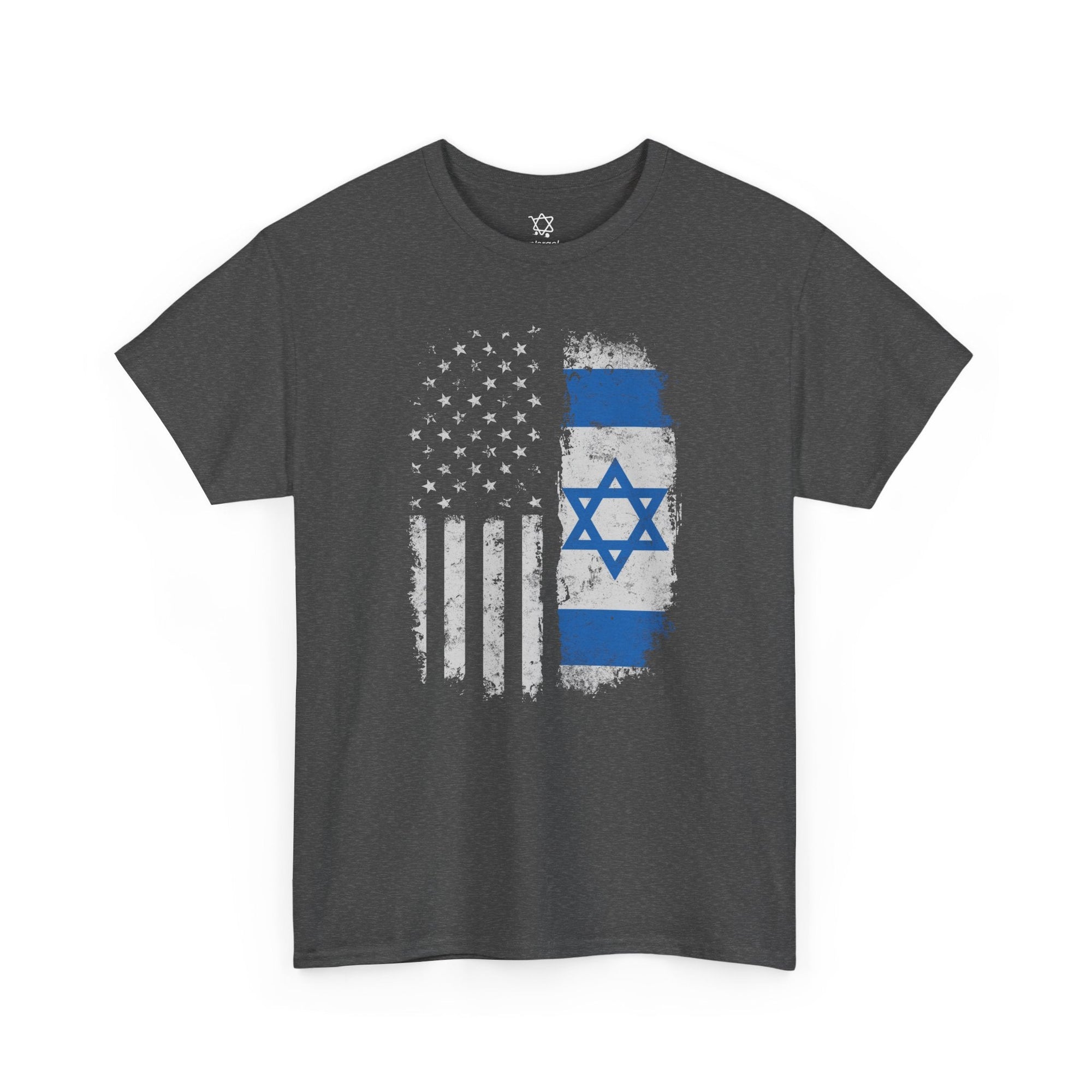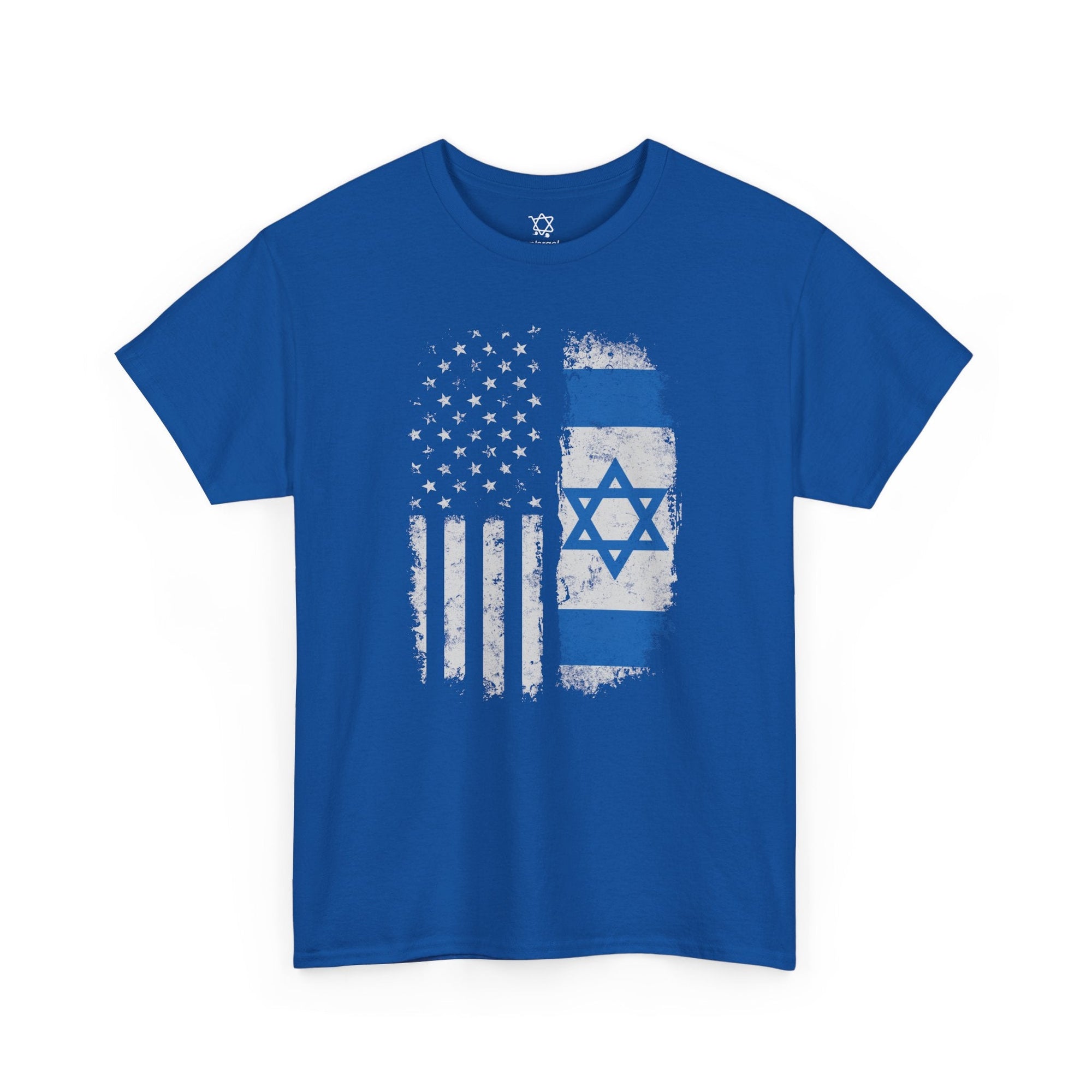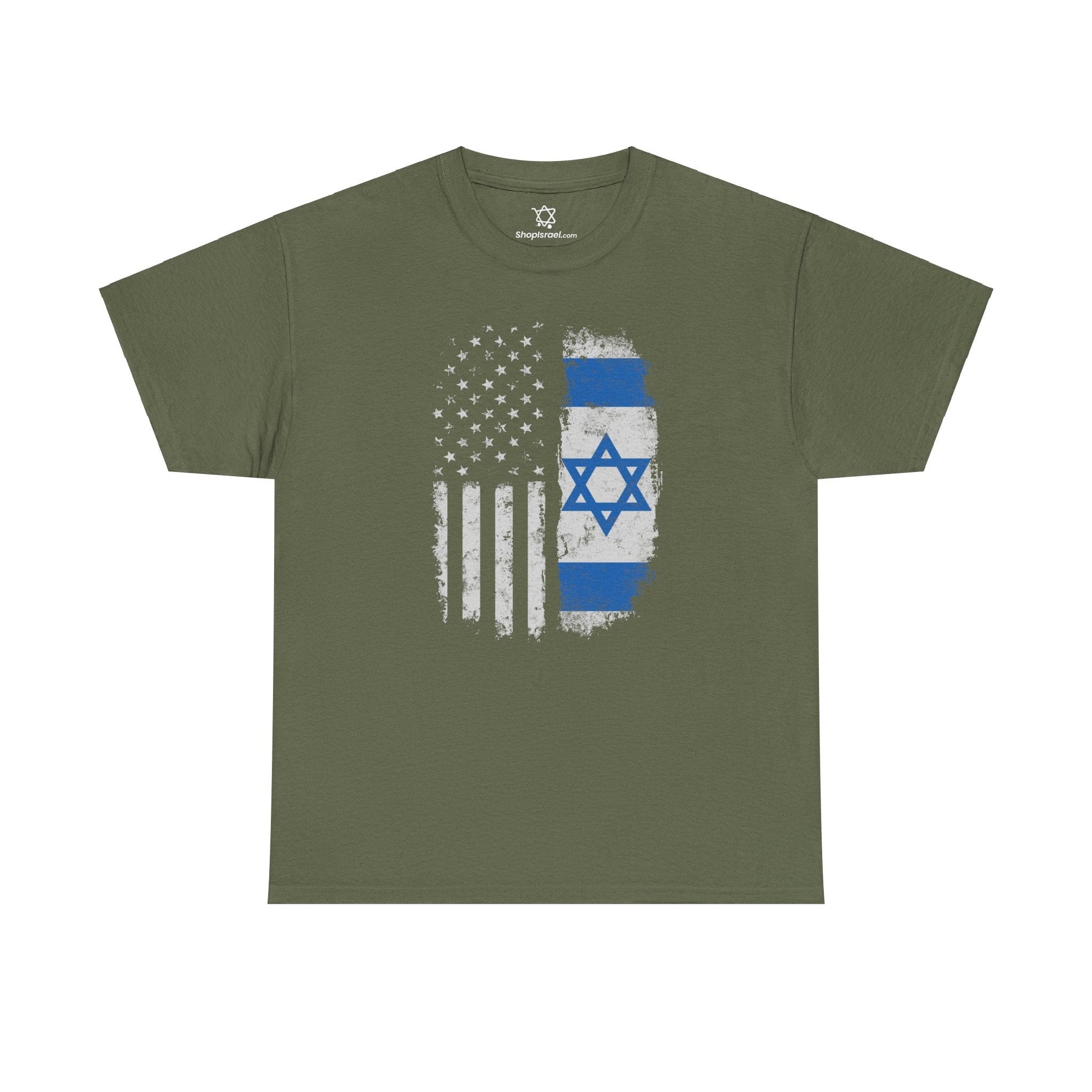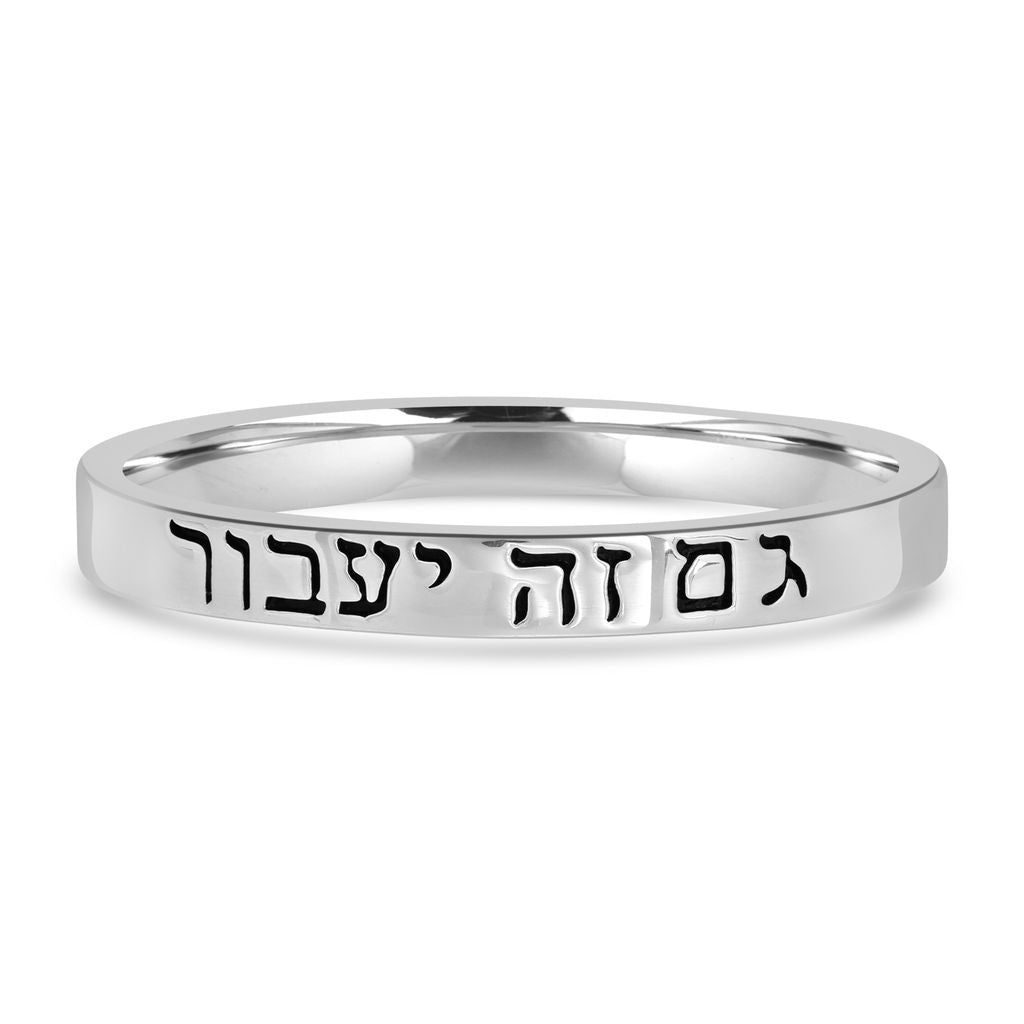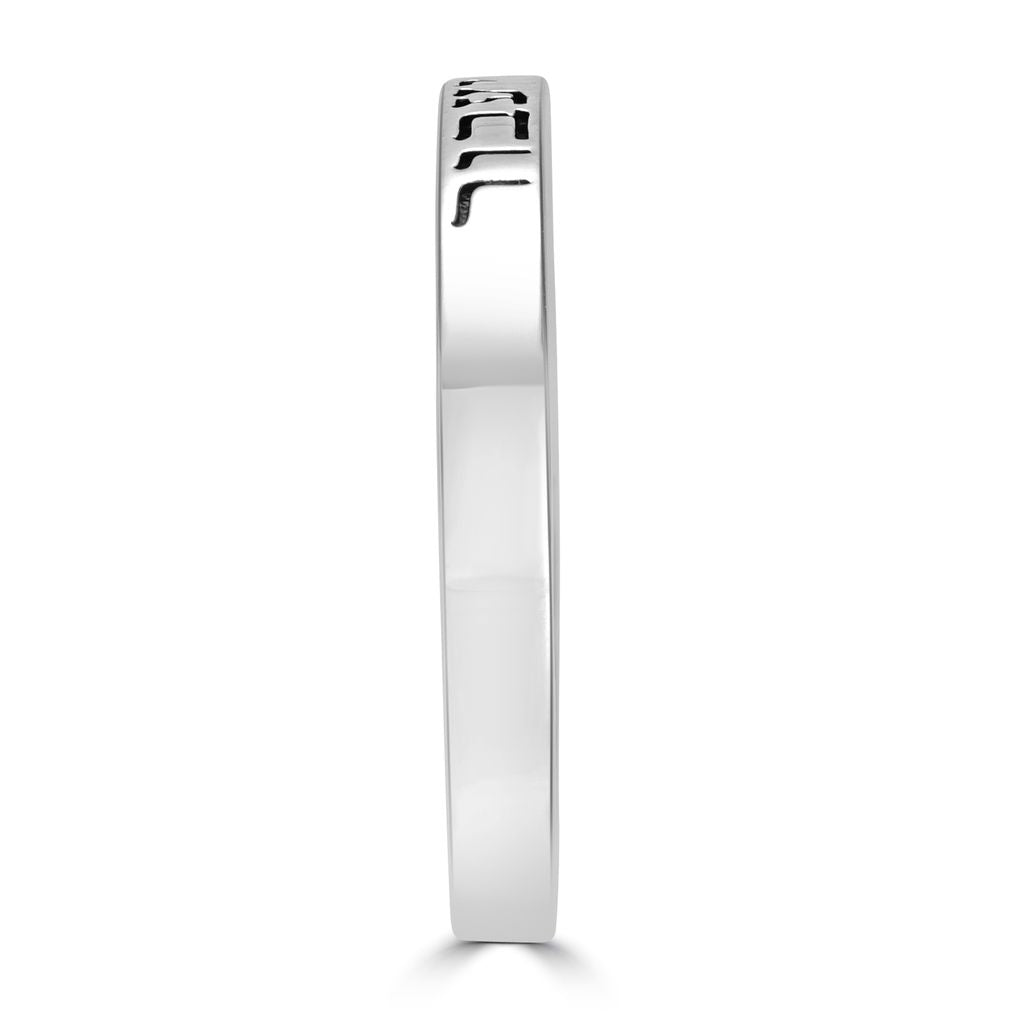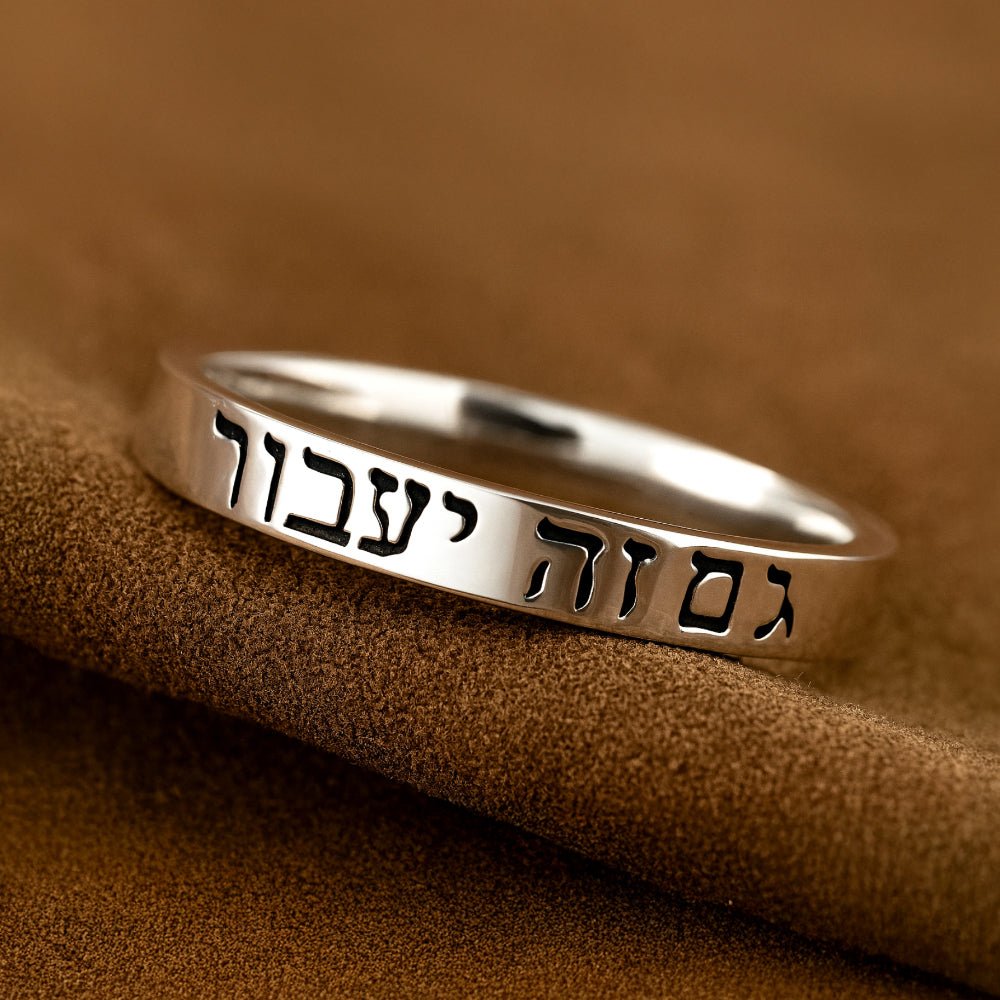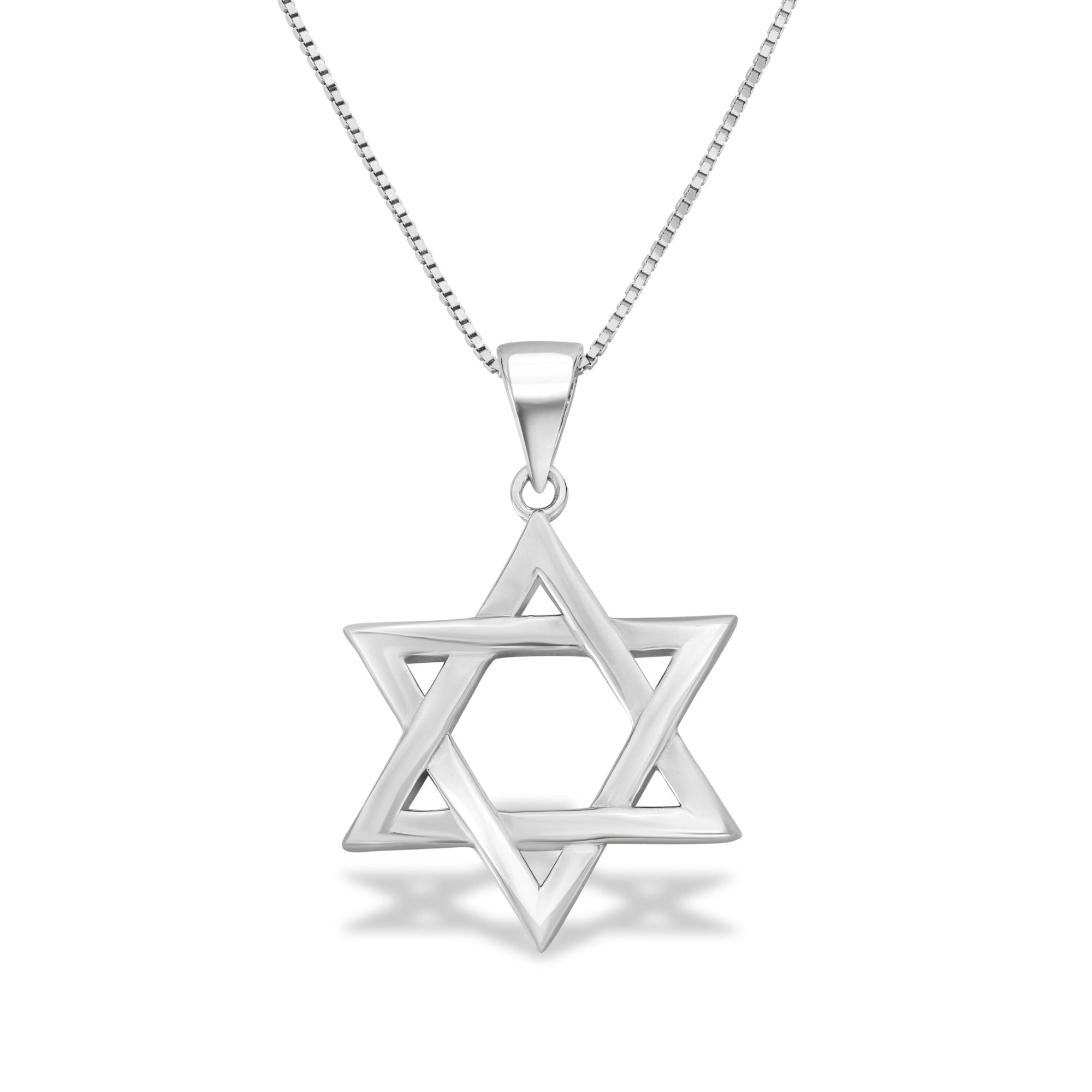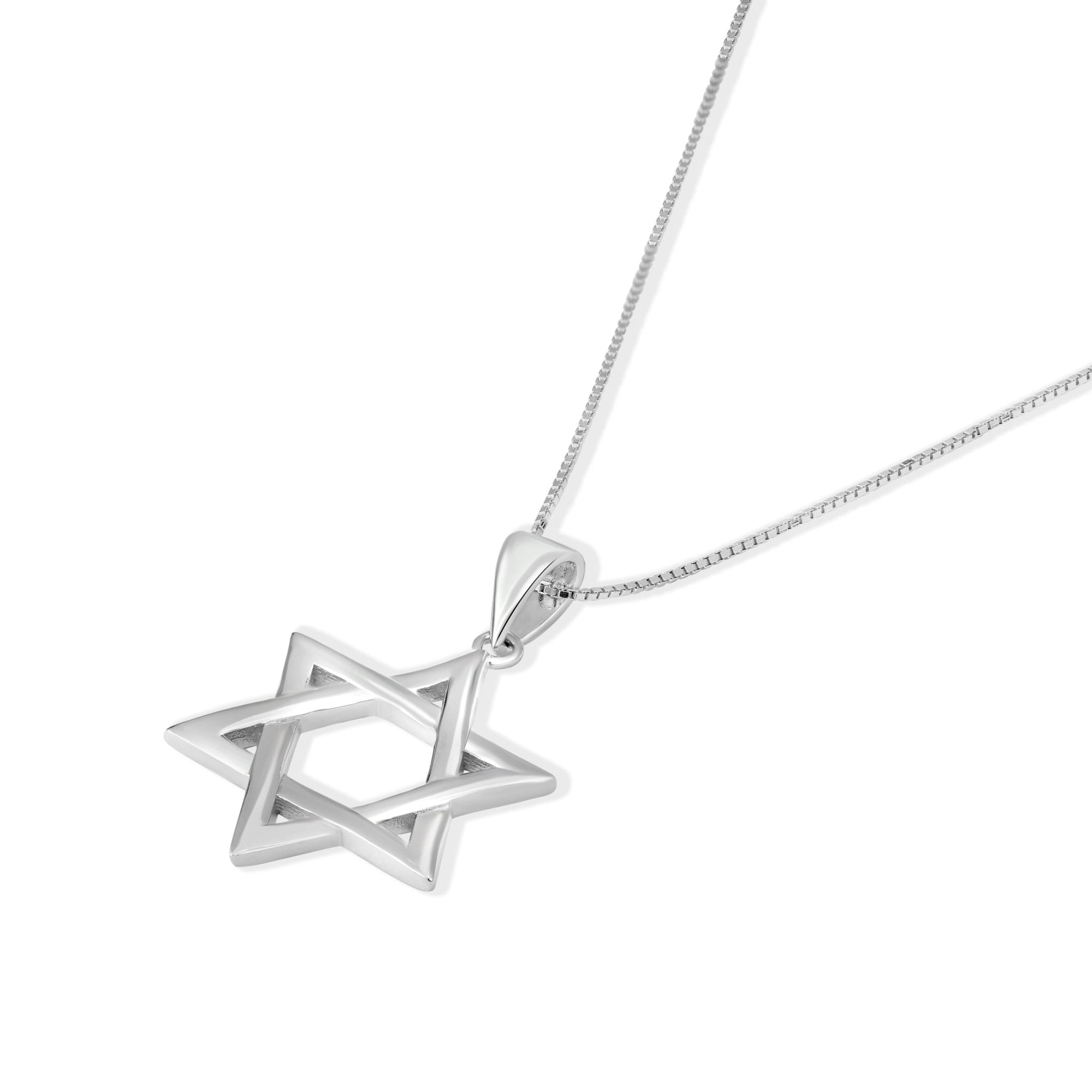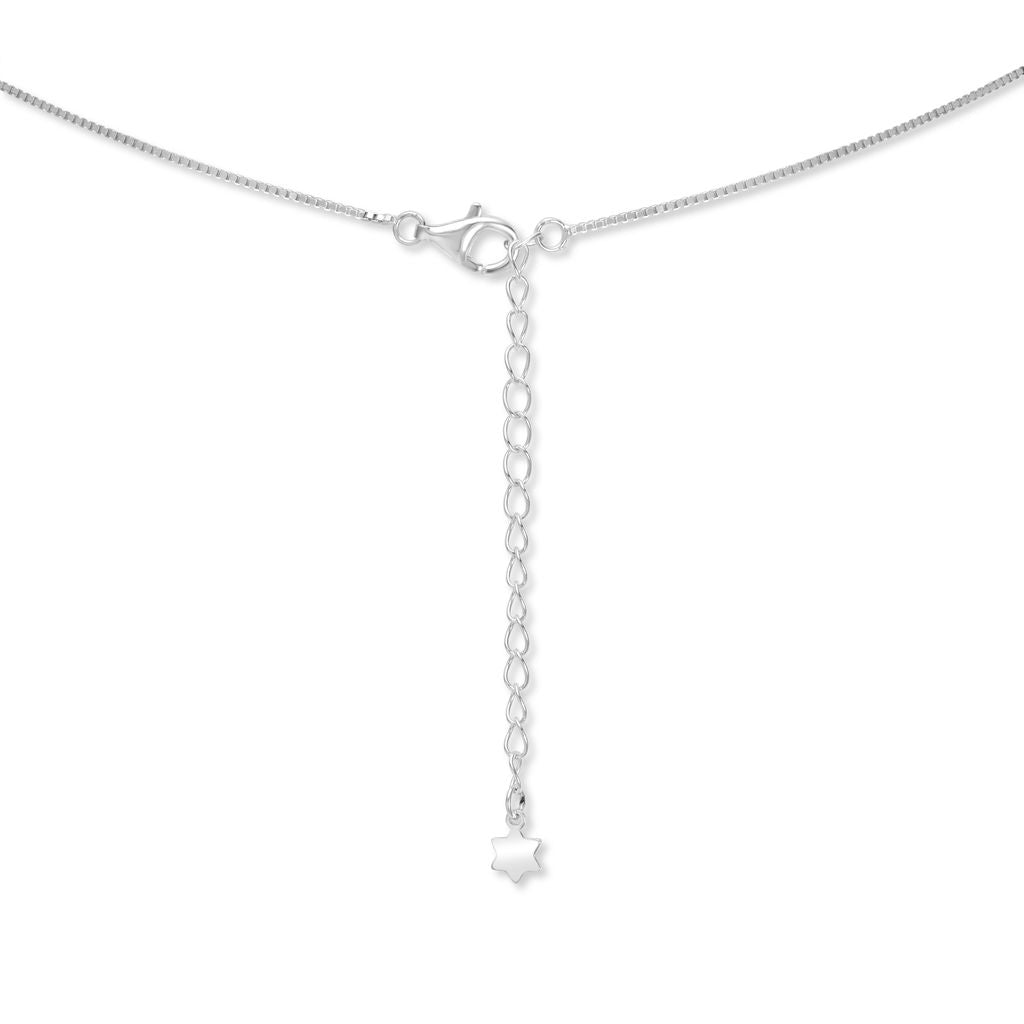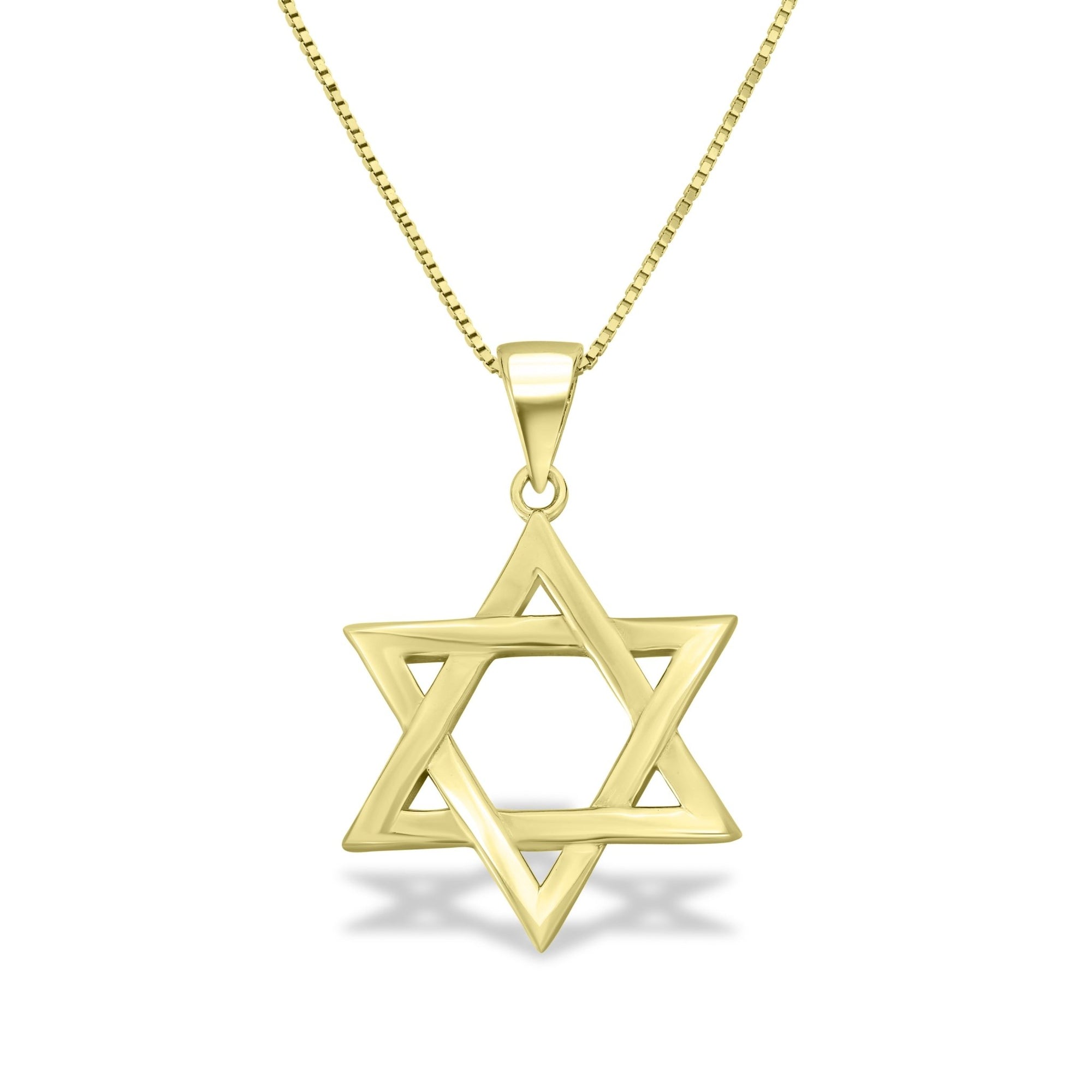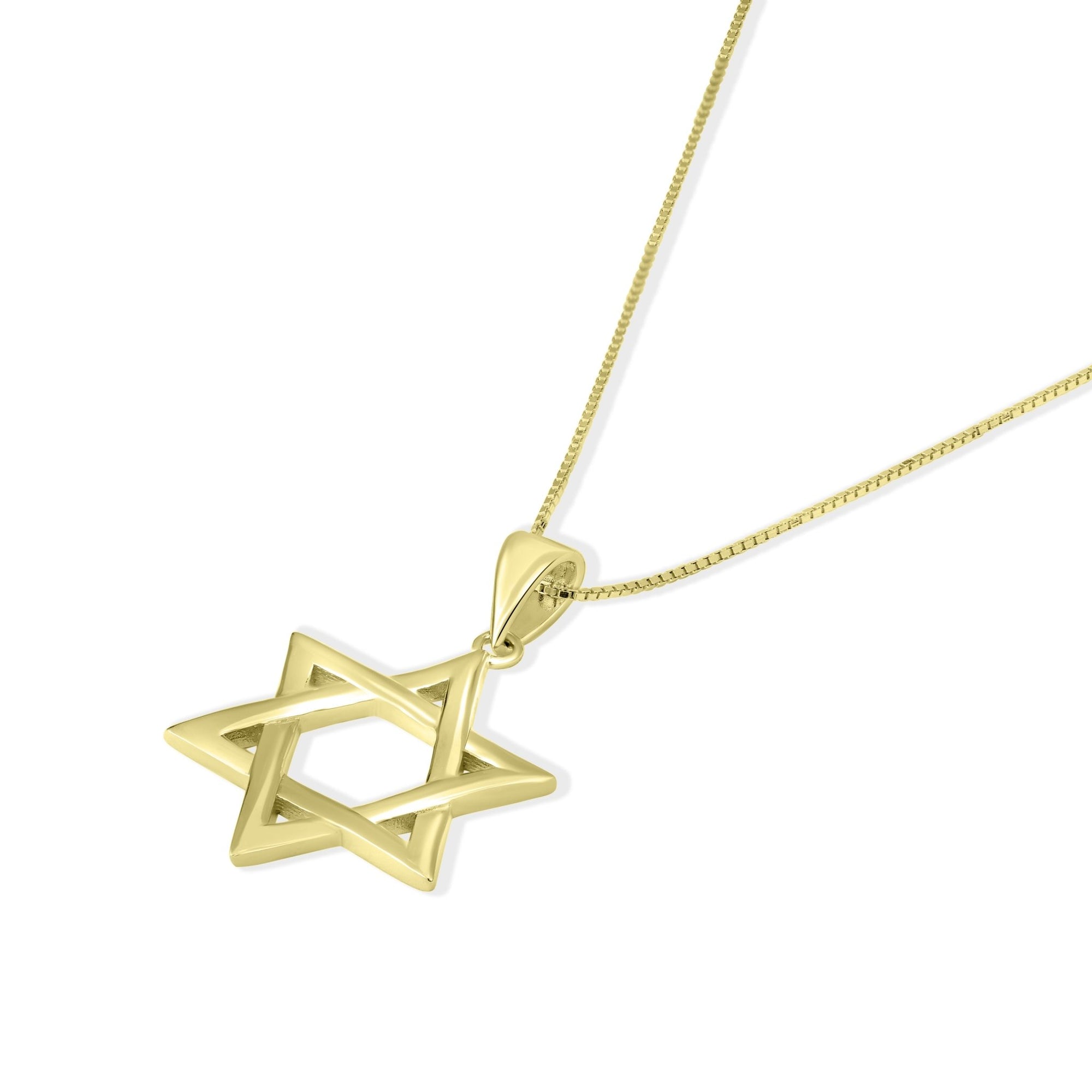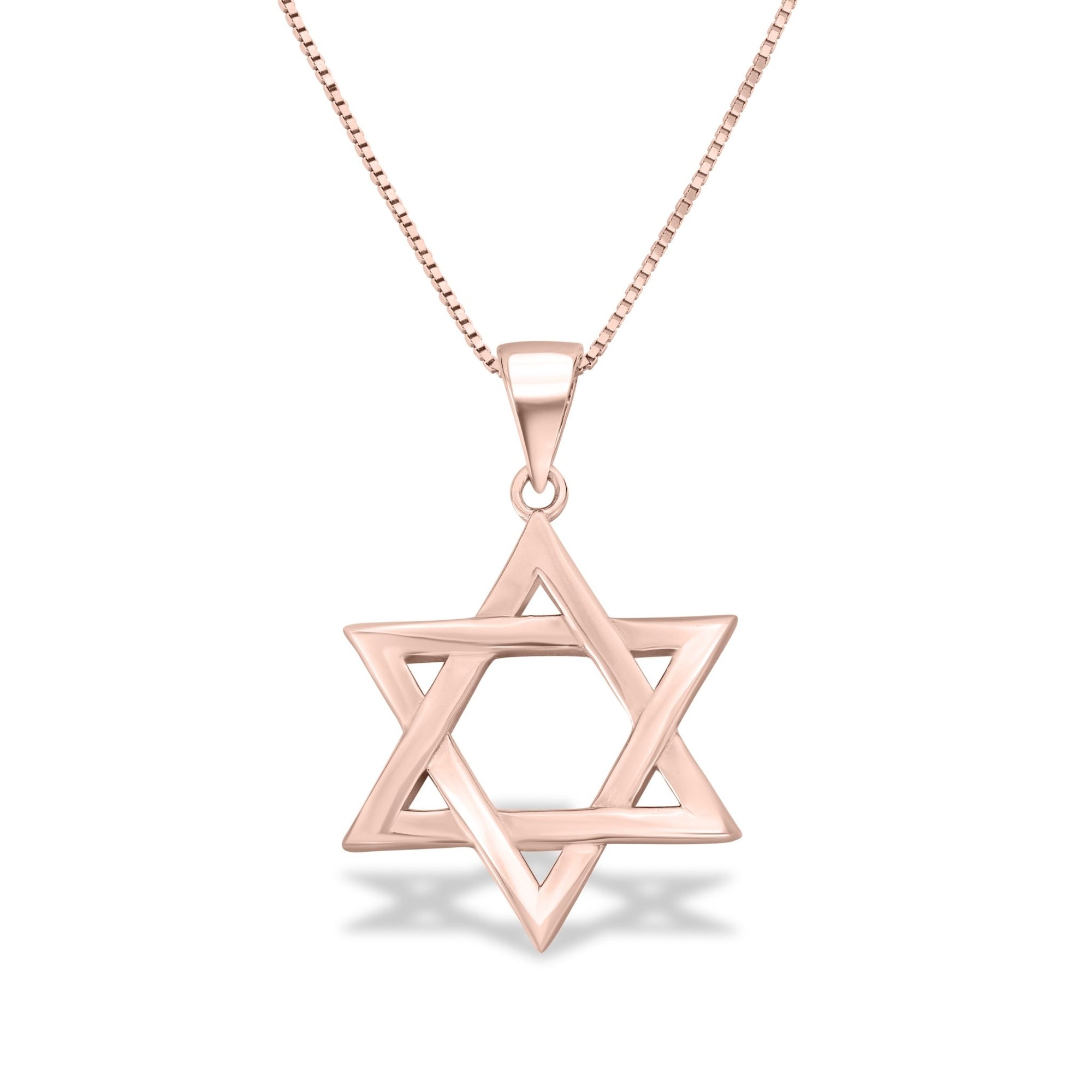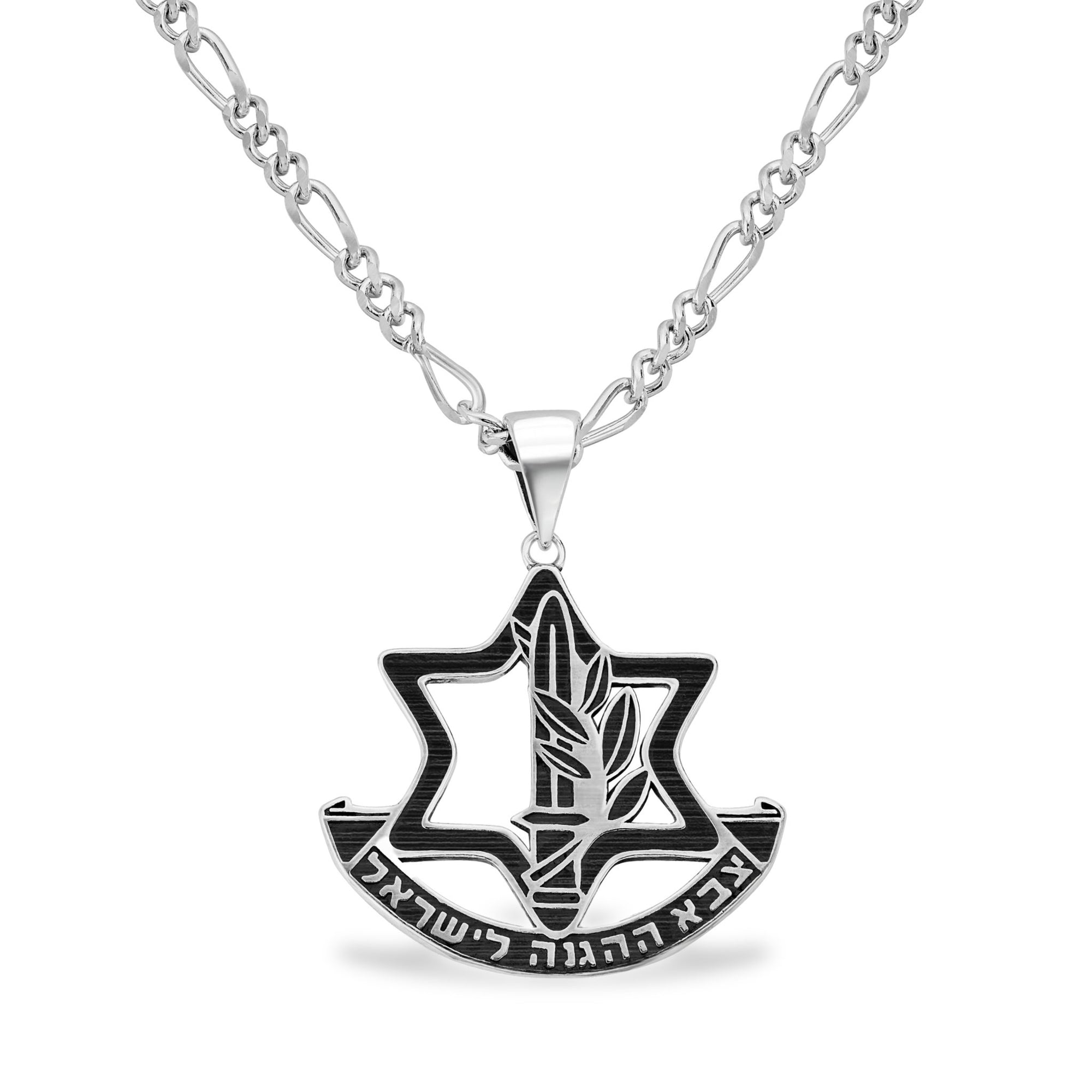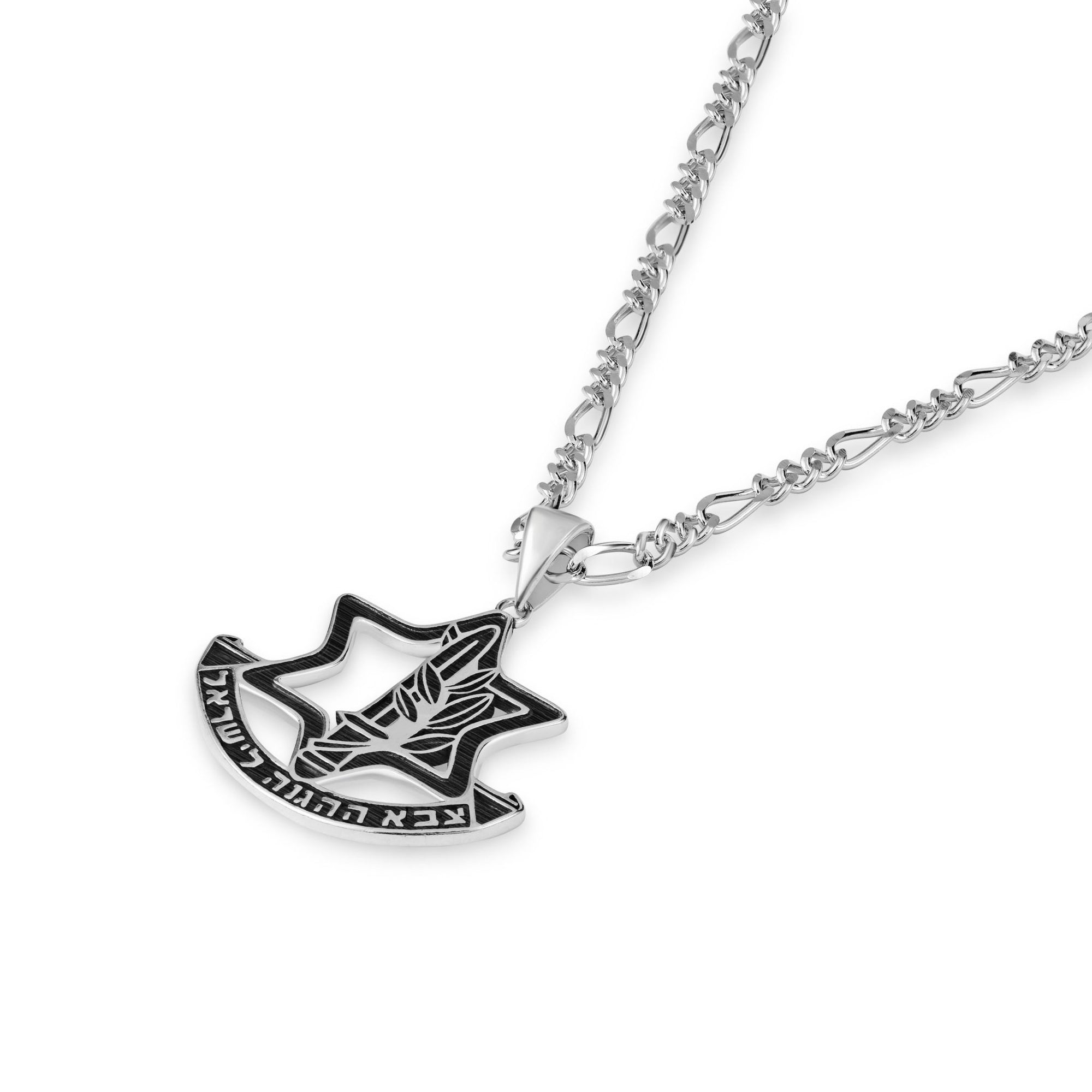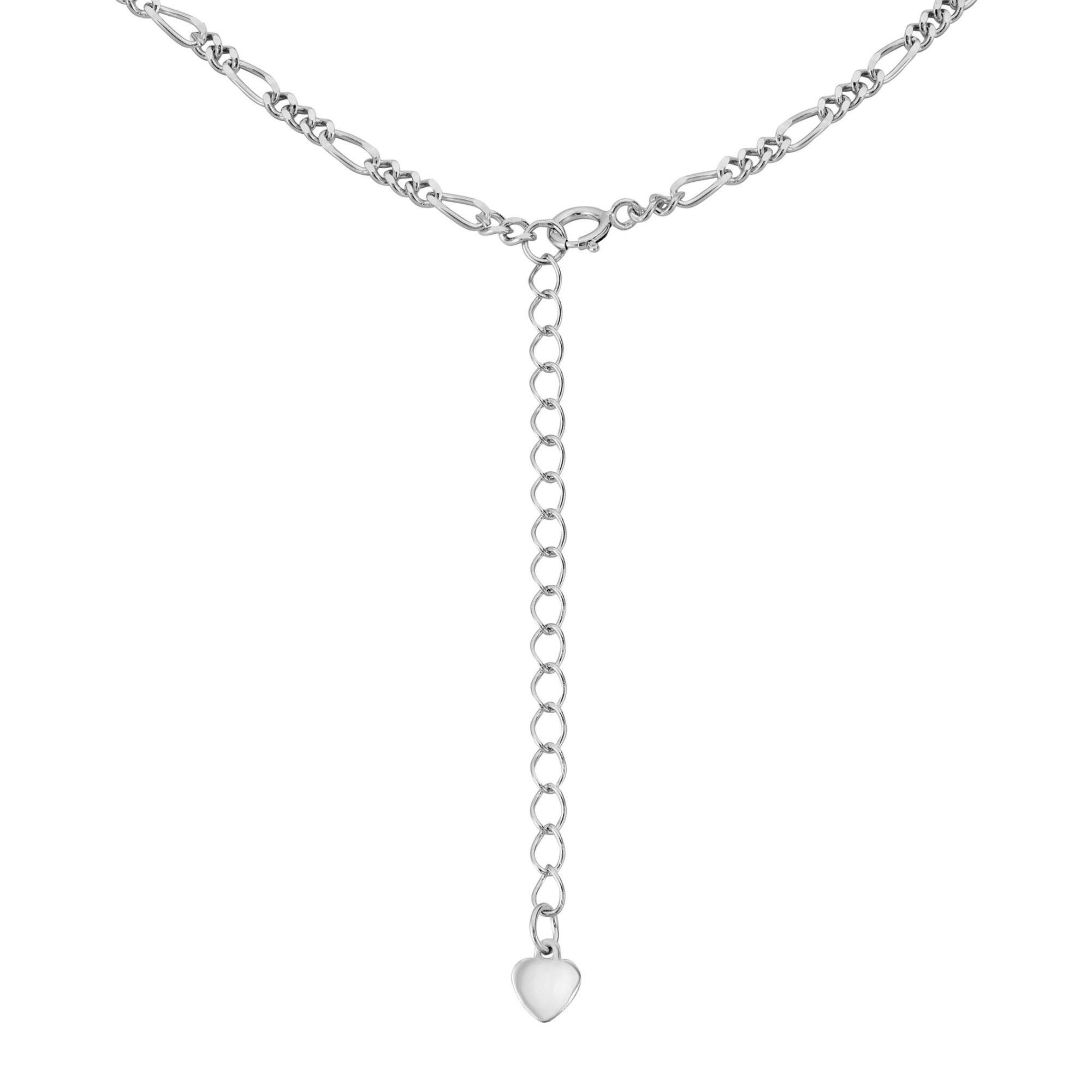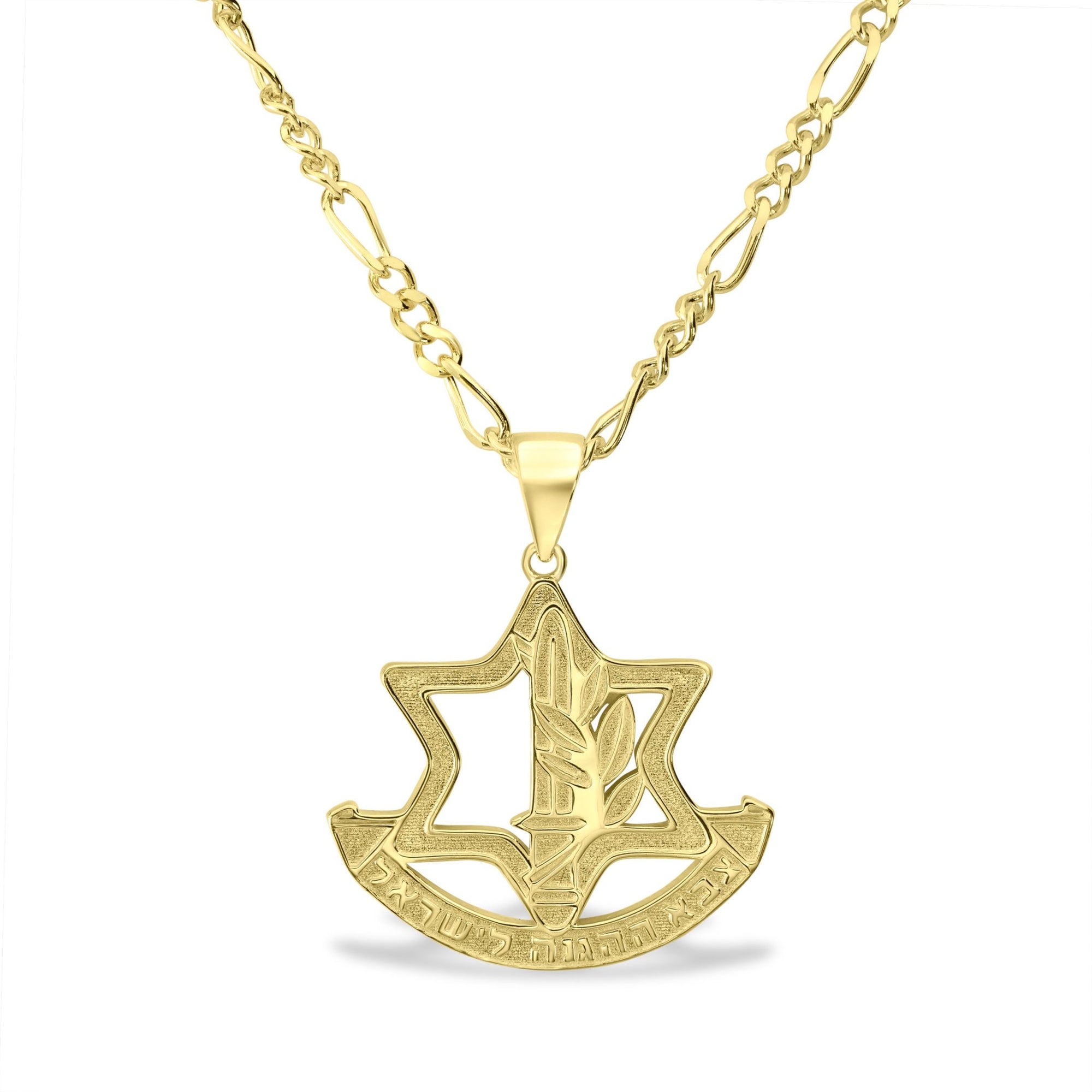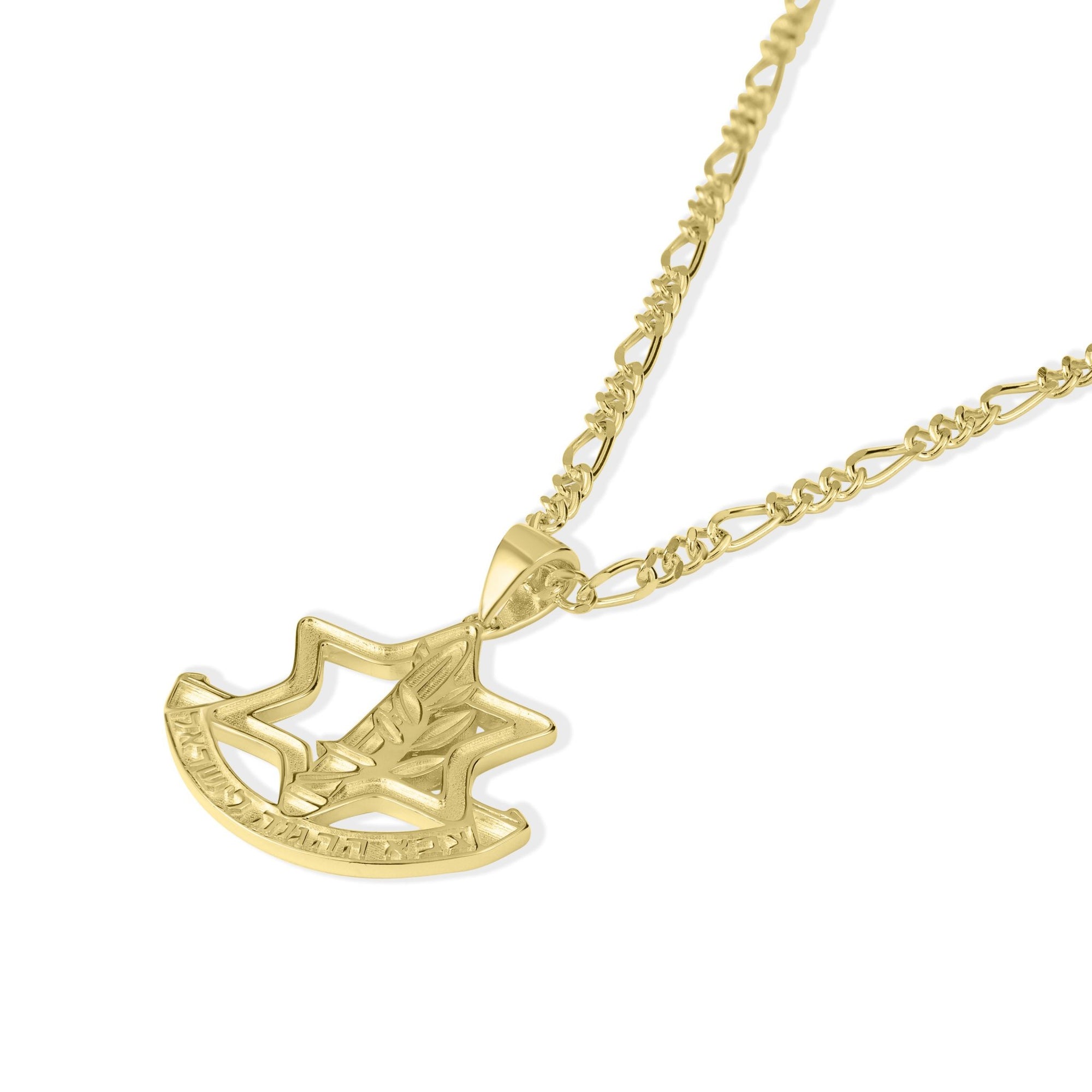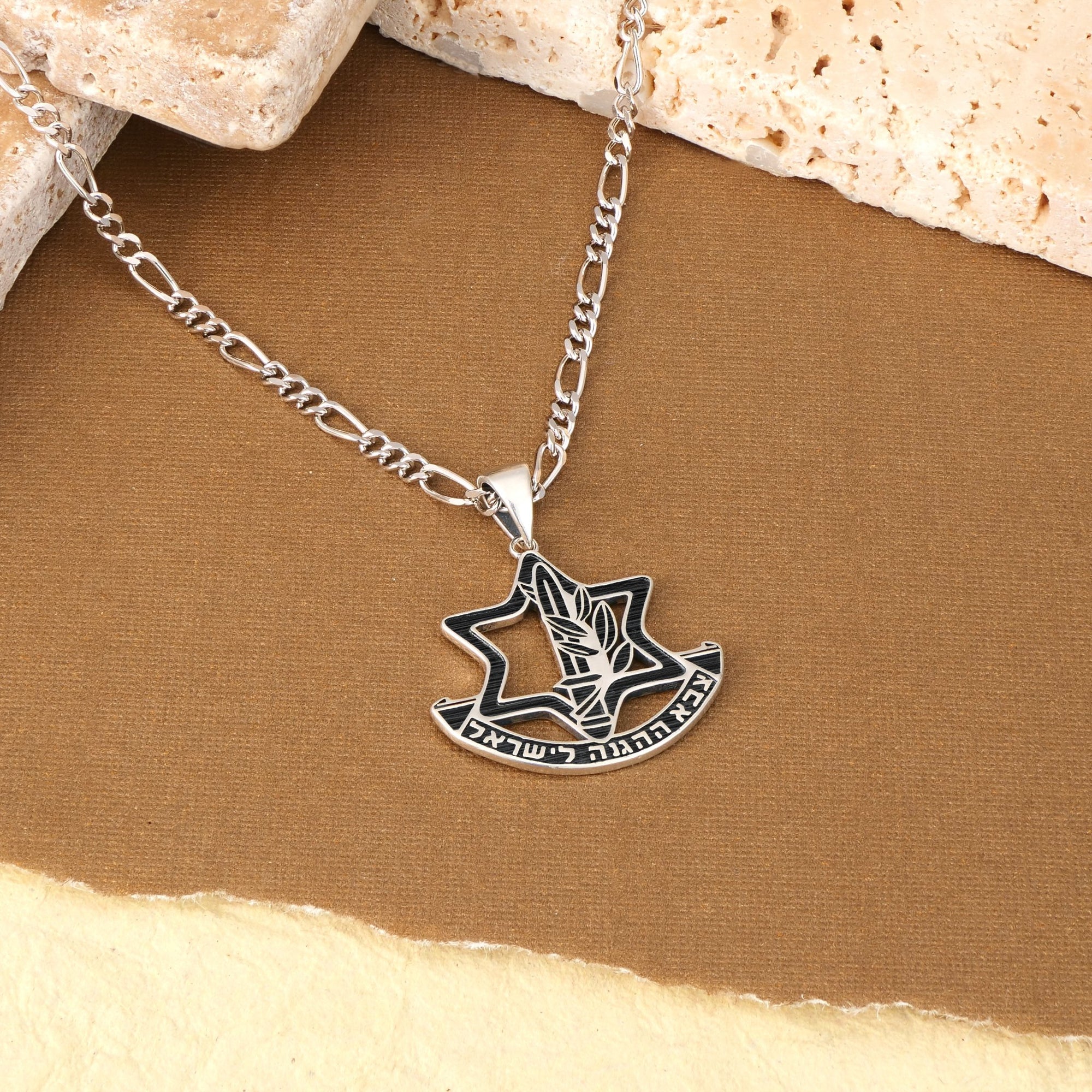Introduction to the Shofar's Profound Heritage
The shofar, a ram's horn blown during significant Jewish religious observances such as Rosh Hashanah, Yom Kippur, and throughout the sacred month of Elul, stands as a powerful symbol steeped in ancient tradition and spiritual meaning. More than a musical instrument, the shofar serves as a call to reflection, repentance, and renewal. This article delves into the multifaceted symbolism of the shofar and explores the artistry behind its production and the cultural significance of its merchandise, connecting past and present with each resonant blast.
Historical and Biblical Origins of the Shofar
What are the historical and biblical origins of the shofar?
The shofar is an ancient musical horn traditionally made from a ram’s horn, with numerous mentions in the Hebrew Bible. One of its earliest and most significant biblical references is in Exodus 19, where the shofar’s blast accompanied God's revelation at Mount Sinai, symbolizing divine presence and authority.
Historically, the shofar served multiple ceremonial and practical roles in ancient Israel. It was blown in the Temple during key ceremonies such as announcing the new moon and the Jubilee year. It also functioned as a signal horn in times of war, rallying troops or signaling the start of battle.
In Jewish tradition, the shofar’s sound on Rosh Hashanah celebrates God's kingship and calls for introspection and repentance, continuing an ancient practice dating back to biblical times. Its use also extends to the month of Elul and concludes at Yom Kippur, framing the High Holy Days with spiritual awakening.
Several famous biblical stories highlight the shofar's importance. The Battle of Jericho saw walls crumble at the blast of shofars, symbolizing divine intervention and victory. The shofar also recalls the Binding of Isaac, where a ram's horn was offered as a sacrifice instead of Isaac, representing faith and divine mercy.
Thus, the shofar is not only a ritual instrument but a deeply symbolic tool linking Jewish history, faith, and spirituality through its biblical origins and ceremonial uses.
The Spiritual and Symbolic Significance of the Shofar
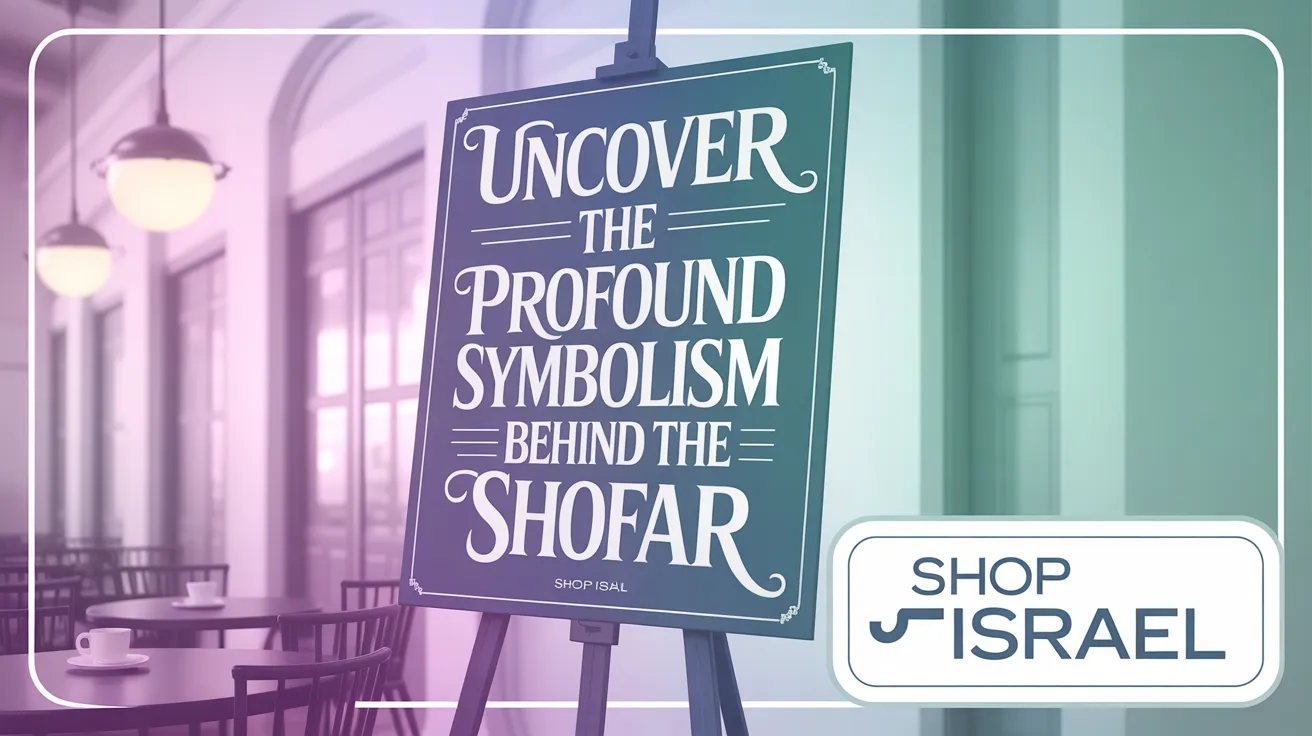
What does the shofar symbolize in Jewish tradition?
The shofar, a ram's horn blown during key Jewish times such as Rosh Hashanah and Yom Kippur, embodies profound spiritual meanings in Judaism. It primarily symbolizes God's sovereignty. Its stirring blasts are compared to the trumpet signals that announce a king's coronation, proclaiming God as the ultimate King during Rosh Hashanah, also known as the Day of Judgment.
The shofar serves as a powerful call for repentance and moral awakening throughout the Ten Days of Penitence. Its sound is not just a ritual—it's a spiritual alarm encouraging individuals to reflect on their lives and return to God.
Beyond this, the shofar recalls the pivotal moment of divine revelation at Mount Sinai, reminding worshippers of the Torah and commandments bestowed by God. It also mourns the destruction of the ancient Temple in Jerusalem while expressing hope for its rebuilding and a renewed spiritual future.
Significantly, the ram’s horn symbolizes the ram that Abraham sacrificed instead of his son Isaac, a story that highlights deep faith and devotion. This connection underscores themes of trust in divine mercy and obedience.
Moreover, the shofar's sound echoes the prophetic calls urging righteousness and justice, amplifying its role as a spiritual summons. It also heralds the messianic age, foretelling the return from exile and the establishment of divine peace and redemption for Israel.
In all, the shofar combines history, theology, and hope, linking past events with future promises while inspiring personal and communal renewal.
The Distinctive Sounds of the Shofar and Their Meanings

What are the different sounds of the shofar and their meanings?
The shofar is sounded with four main types of blasts, each carrying unique spiritual weight.
-
Tekiah: A long, straight blast that heralds the coronation of God as King of the universe. It signifies stability, divine sovereignty, and the call to acknowledge God's reign. Learn more about Tekiah, Shevarim, and Teruah blasts
-
Shevarim: Consisting of three medium, broken sounds, Shevarim represents brokenness and deep yearning. It sounds like a cry or sigh, symbolizing human brokenness and the call to repentance. Explore the symbolism of Shevarim
-
Teruah: Made of nine or more short, rapid staccato blasts, Teruah serves as a spiritual alarm clock. It awakens the soul from spiritual slumber and urges immediate introspection and renewal. Detailed explanation of Teruah
-
Tekiah Gedolah: This is a prolonged, great tekiah which concludes the shofar sequence. It symbolizes the ultimate redemption and the hopeful call for divine mercy. About Tekiah Gedolah and shofar significance
For a broader understanding of the shofar's sounds and spiritual significance, see What is a Shofar? and The Spiritual Lessons the Sounds of the Shofar Teach Us
How do these sounds function during Rosh Hashanah and other observances?
The shofar blasts are central during the Rosh Hashanah morning services, typically sounded around 100 times throughout the day. Each blast type is woven into traditional sequences that stir the conscience and invite self-reflection. Rosh Hashanah shofar ritual details
During the month of Elul leading up to Rosh Hashanah, the shofar is sounded daily (except on Shabbat) to prepare hearts for the High Holidays. At the conclusion of Yom Kippur, the shofar is blown again, symbolizing spiritual renewal and the end of fasting. Learn about the shofar during Elul and Yom Kippur and Shofar in Jewish Ritual and Festivals
What spiritual lessons and emotions do the shofar sounds evoke?
The Tekiah calls to honor God’s kingship and remind us of the grandeur of creation. Shevarim expresses human brokenness, evoking humility and prompting penitence. Teruah’s urgent alarm shakes the soul awake, instilling a commitment to change and spiritual awakening. The Tekiah Gedolah encapsulates hope and the aspiration for complete redemption. Explore the spiritual symbolism of the shofar
Together, these blasts create a powerful liturgical call for the community to embark on a journey of introspection, repentance, and renewal, echoing ancient prophetic calls to righteousness. Decoding the shofar’s spiritual call and The Mystical Resonance of the Shofar provide further insights on this profound symbolism.
Crafting the Shofar: Tradition and Artistry

Materials and Types of Animal Horns Used for Shofars
The shofar is made primarily from the horn of kosher animals, with the ram's horn being the most traditional and symbolically significant. Other acceptable types include the kudu, gemsbok, and similar horns from animals in the Bovidae family. The preference for ram’s horns is tied deeply to biblical associations, such as Abraham’s sacrifice.
Processes for Hollowing, Shaping, and Polishing the Horn
Creating a shofar involves a detailed and careful process. The horn is first hollowed out by removing the core marrow. Then, artisans boil the horn to soften it and may use heat to straighten or gently reshape its form, ensuring it can produce the desired sounds. Drilling a mouthpiece at the narrow end allows the blower to produce the distinctive tones. Finally, the shofar is meticulously brushed and polished to achieve a clear, crisp sound. See more about shofar production and preparation processes.
Qualities Desired in a Kosher Shofar
A kosher shofar must maintain its natural form without any added colors or dyes. It cannot have cracks or coatings that would invalidate its use in ritual settings. The sound it produces should be resonant and pure. Craftsmanship is highly valued to meet religious standards, and each shofar generally carries rabbinical certification verifying its kashrut.
Cultural Variations in Shofar Types and Designs
Different Jewish communities have distinct preferences for shofar types. For example, Yemenite Jews often favor the kudu horn, which is longer and straighter, while Ashkenazi and Sephardi traditions typically use the curved ram’s horn. Some shofars are ornately polished, while others emphasize a more natural, rugged aesthetic, reflecting cultural heritage.
The Significance of Maintaining Tradition in Craftsmanship
Maintaining the traditional methods of shofar-making honors centuries of religious observance and cultural identity. It connects contemporary practice to biblical history and Jewish spirituality. The artistry respects both the mitzvah's sanctity and the deep symbolism embedded in the shofar’s sounds, shapes, and origins, preserving this ancient ritual instrument for generations to come. For more on the historical and spiritual significance of the shofar, see related resources.
Modern Usage and Cultural Significance of the Shofar

How is the shofar used in modern Jewish life and beyond?
Today, the shofar holds a vital place in Jewish High Holiday rituals, especially during Rosh Hashanah and at the conclusion of Yom Kippur. It is traditionally blown in synagogue services, signaling the fulfillment of the commandment to hear its distinctive sound. The shofar's calls—tekiah, shevarim, and teruah—continue to awaken the conscience and inspire repentance during this sacred season.
The Shofar Campaign and outreach initiatives
To ensure the mitzvah of hearing the shofar reaches all Jews, the Chabad-Lubavitch movement established the global Shofar Campaign. This outreach effort delivers shofar-blowing opportunities to isolated communities, hospitals, prisons, and those unable to attend synagogue. The campaign emphasizes inclusion, community connection, and revitalizing Jewish observance worldwide.
Non-religious uses including political demonstrations and cultural events
Beyond religious observance, the shofar resonates as a symbol of national identity and resilience. It has featured in political rallies, notably in pro-Israel demonstrations, signifying spirit and perseverance. The shofar also serves as an emblem of cultural pride in public gatherings, merging tradition with contemporary social causes.
Shofar in music, film, and popular culture
The haunting, stirring sound of the shofar has inspired composers and artists, appearing in classical compositions, pop music, and film scores. Its evocative tones reinforce themes of awakening, struggle, and hope, extending its influence beyond ritual into broader cultural expression.
The symbolic resonance of the shofar across Jewish communities worldwide
Across Jewish communities globally, the shofar remains a profound symbol of spiritual awakening, divine sovereignty, and historical memory. It unites diverse traditions—from Ashkenazi to Yemenite—each preserving unique blowing styles and interpretations. This shared ritual sustains Jewish identity and continuity, inspiring reflection and renewal during the High Holidays and beyond. For more on the shofar symbolism and its significance in Jewish life, see the detailed explanations provided by Jewish Learning and other sources.
Shofars in Commerce: Tradition Meets Craft and Symbolism

What should one know about shofar merchandise and authenticity?
Shofars are widely available in the market and come in numerous varieties. Traditional kosher-certified shofars are typically made from ram’s horns, but exotic types like Yemenite, gemsbok, and even twin shofars are offered by specialized sellers. Family-owned businesses, such as those importing directly from Israel, often emphasize authentic craftsmanship.
High-quality shofars are prized for their clear and crisp sound, which is essential for the mitzvah (commandment) of blowing the shofar during Jewish holidays. The spiritual impact of the shofar's sound is closely tied to its quality, making this a critical factor for buyers (The Meaning of the Shofar).
Beyond ritual use, shofars serve as meaningful gifts for occasions like bar mitzvahs, housewarmings, or other life milestones, blending tradition with personal and communal symbolism (Shofars for sale).
However, buyers should be cautious: fake or non-kosher shofars are present in the market, compromising ritual validity. It is important to purchase from reputable sources that provide kosher certification and ensure the shofar meets halachic standards (shofar blowing ritual).
Choosing an authentic and kosher shofar preserves both spiritual significance and cultural integrity, enriching the personal experience of this sacred instrument (Shofar meaning).
The Enduring Echo of the Shofar
The shofar remains a deeply resonant symbol of Jewish faith, history, and spiritual awakening, its ancient calls reverberating through millennia into the present day. Whether experienced during sacred services or treasured as handcrafted holy artifacts, the shofar connects individuals to a rich heritage of reflection, repentance, and hope for redemption. Understanding the tradition behind its powerful sounds and the meticulous craftsmanship involved brings a profound appreciation of the shofar’s enduring role as a spiritual beacon and cultural emblem in Jewish life around the world.









